Special Report
29 Food Recalls That Poisoned the Most People
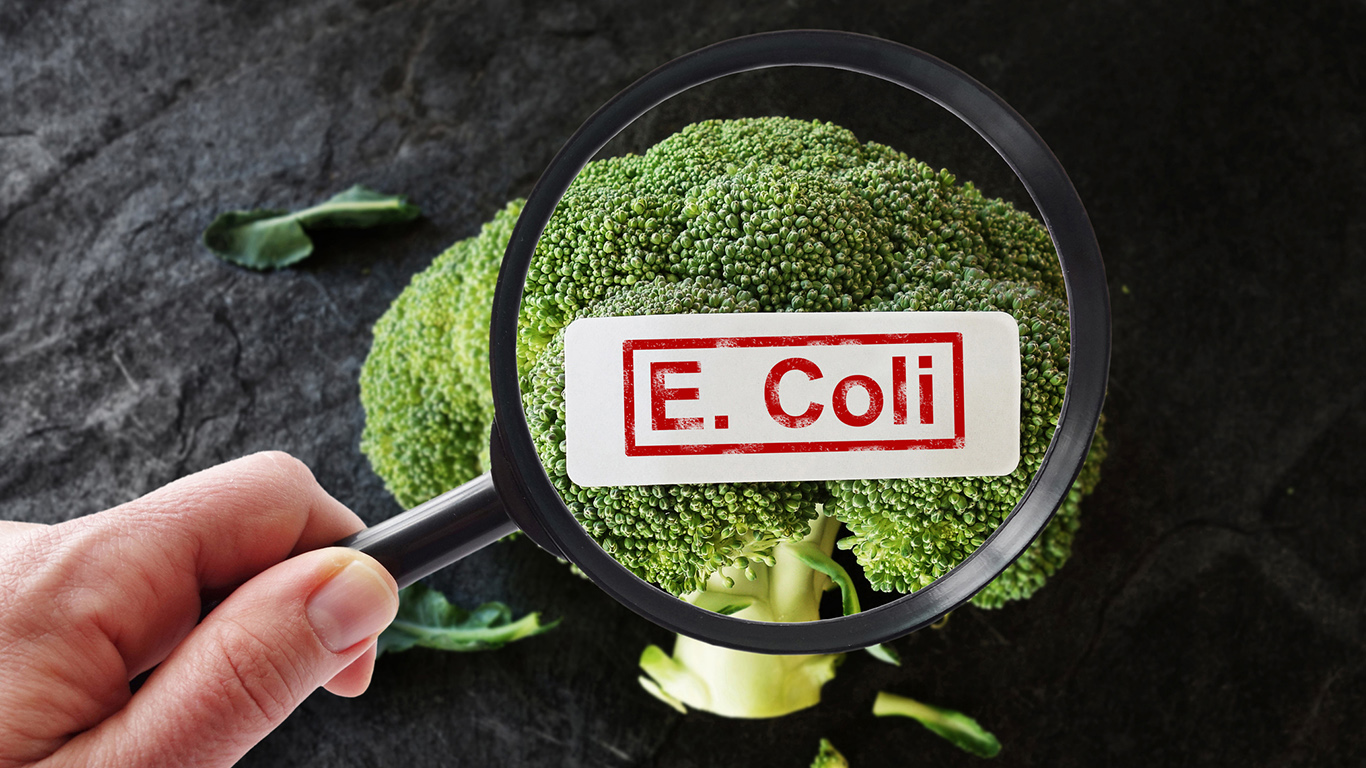
Published:
Last Updated:

There were 456 food recalls in the U.S. in 2017, down from 764 the previous year. Most recalls are issued as a precaution in order to prevent an epidemic. However, sometimes contamination in food can go unnoticed, leading to hospitalizations and even death. Disturbingly, some companies have knowingly distributed contaminated products, which has led to some of the nation’s most tragic foodborne illness outbreaks.
The Centers for Disease Control and Prevention reports that one in six Americans become ill from foodborne diseases each year. About 128,000 people end up hospitalized and 3,000 die.
24/7 Wall St. identified the worst recalls of all time by reviewing the events that caused the most deaths, hospitalizations, and cases of illness.
The most common foodborne illnesses include salmonella, listeria, and Escherichia coli, or E. coli.
Salmonella is a bacteria that can cause diarrhea, fever, and abdominal pain for up to seven days. Most people infected with the bacteria recover without treatment. Listeria, or Listeriosis, is an intense infection particularly harmful to pregnant women, newborns, and those who are 65 and over. E. coli can cause myriad issues, as well including severe diarrhea. The most severe strain may lead to kidney failure known as hemolytic uremic syndrome, or HUS. All of these foodborne illnesses can be fatal if not treated properly.
Some foodborne illness outbreaks do not lead to a recall. For example, a recent outbreak of E. coli was found in romaine lettuce growing in the Yuma region in Arizona. Because this crop was not sourced from one particular company, but rather a stretch of farmland, a public warning was issued.
Foodborne illnesses are not always the most common reason for a recall. In an interview with 24/7 Wall St., a spokesperson from the U.S. Food and Drug Administration said most recalls are done voluntarily and issued as a preventive measure. In other cases, a recall is administered because the product label isn’t transparent about the ingredients it comprises or could comprise.
“A majority of recalls are undeclared allergens in food,” said the spokesperson. The FDA requires food manufacturers to label their products honestly, and this includes listing major food allergens. If not, the manufacturer must recall the product until the label is changed.
24/7 Wall St. identified the worst food recalls of all time by reviewing a variety of internet sources, including media outlets that reported the recall and its aftermath. These events were ranked by number of deaths, hospitalizations, and people affected by the contaminated product. All of these figures primarily came from the CDC and the FDA.
Correction: A previous version of this article incorrectly identified the contaminated cantaloupes in the Jensen Farm 2011 Listeria outbreak as originating from Rocky Ford, Colorado. In fact, the farmer falsely advertised the fruit as coming from Rock Ford.
Click here to see 29 food recalls that poisoned the most people.
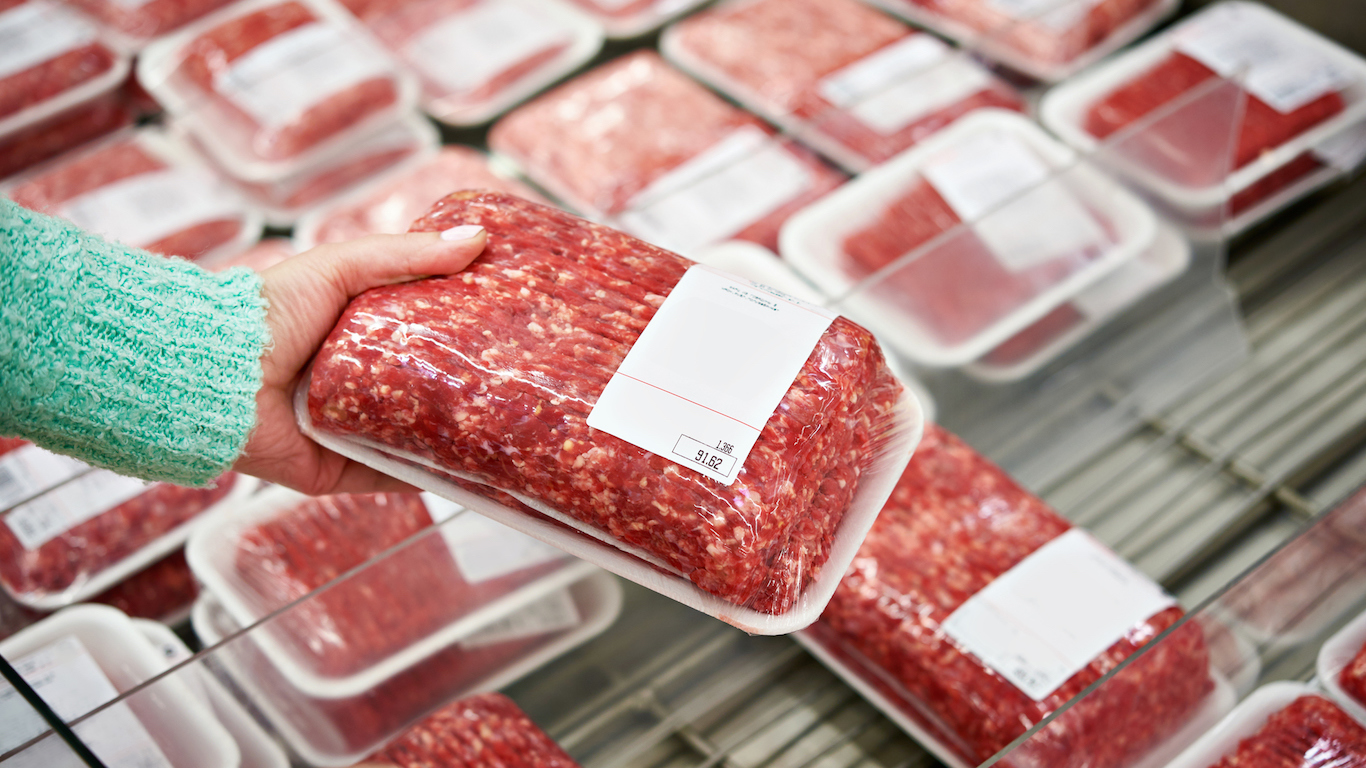
29. Hudson Foods
> No. of cases: 16
> No. of deaths: 0
When the Department of Agriculture told Hudson Foods Inc. to recall 25 million pounds of beef in 1997 because of E. coli contamination, it was the largest such food recall up to that time. Hudson Foods, based in Rogers, Arkansas, also temporarily closed its Columbus, Nebraska, meat-processing facility. Hudson Foods lost its contract with Burger King, and the company was sold later that year.
[in-text-ad]
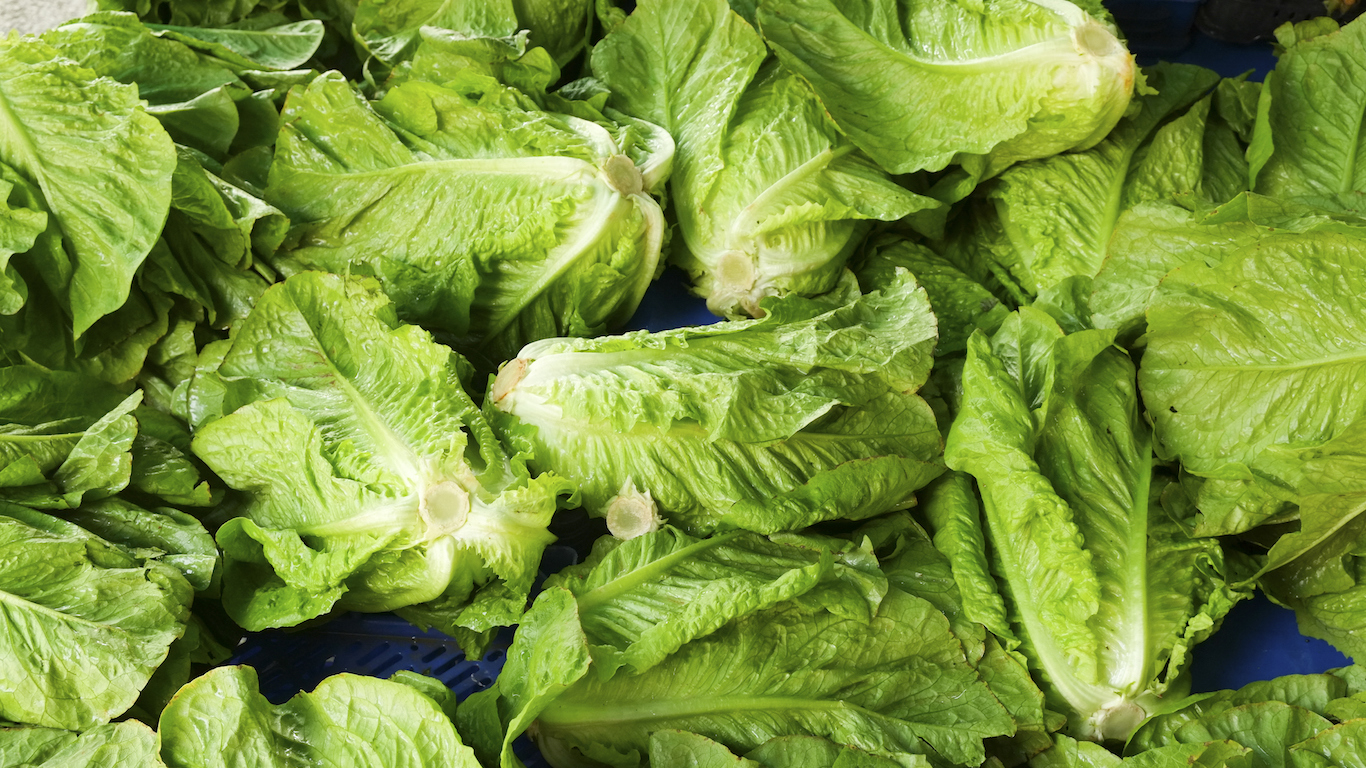
28. Freshway Foods
> No. of cases: 26
> No. of deaths: 0
Freshway Foods voluntarily recalled packages of romaine lettuce in 2010 after the FDA notified the Sidney, Ohio-based company that an unopened sample in a laboratory in New York tested positive for E. coli. The recalled product was sold in mostly eastern states and sickened 26 people.
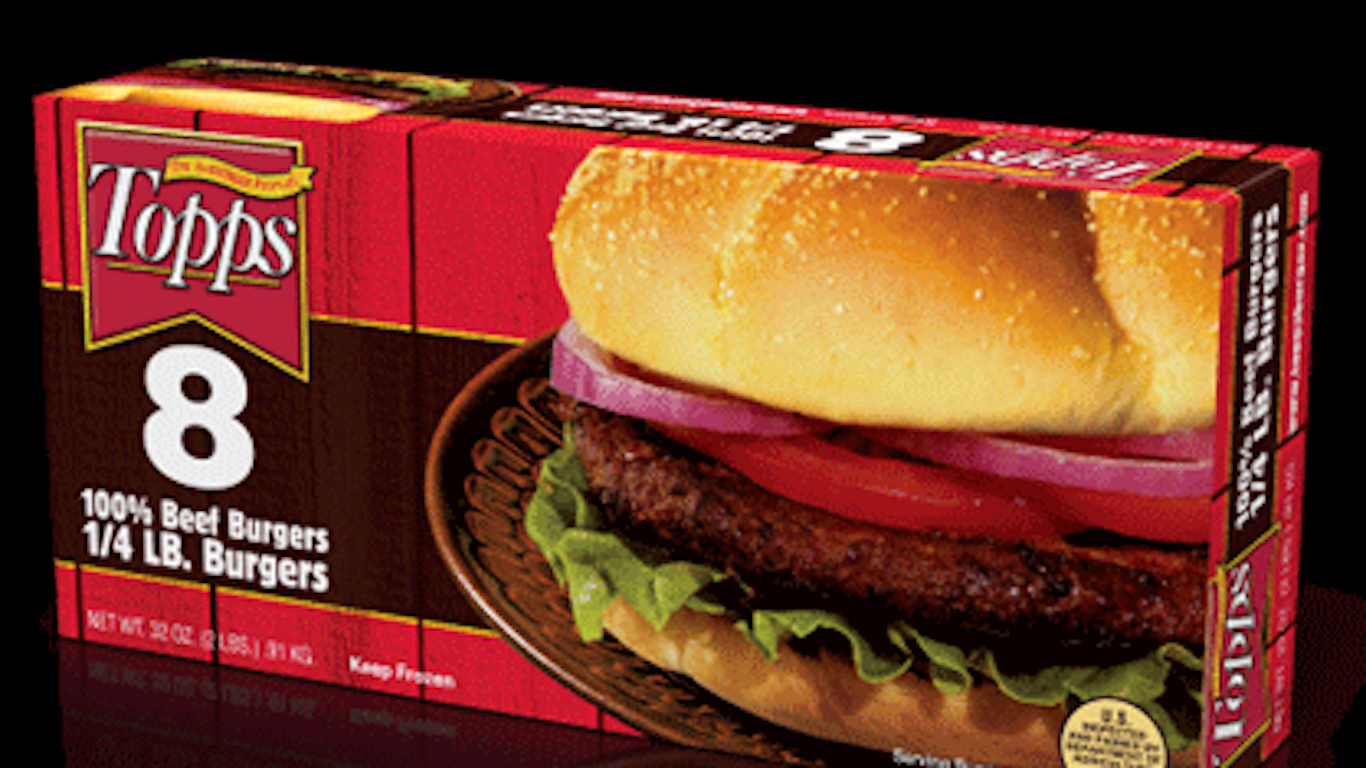
27. Topps Meat Company
> No. of cases: 30
> No. of deaths: 0
Tainted meat from E.coli contamination forced Topps Meat Company to recall 21.7 million pounds of ground meat in 2007. The outbreak sickened 30 people. The incident doomed Topps, at the time the nation’s largest seller of frozen hamburger patties, as the company closed after the outbreak.
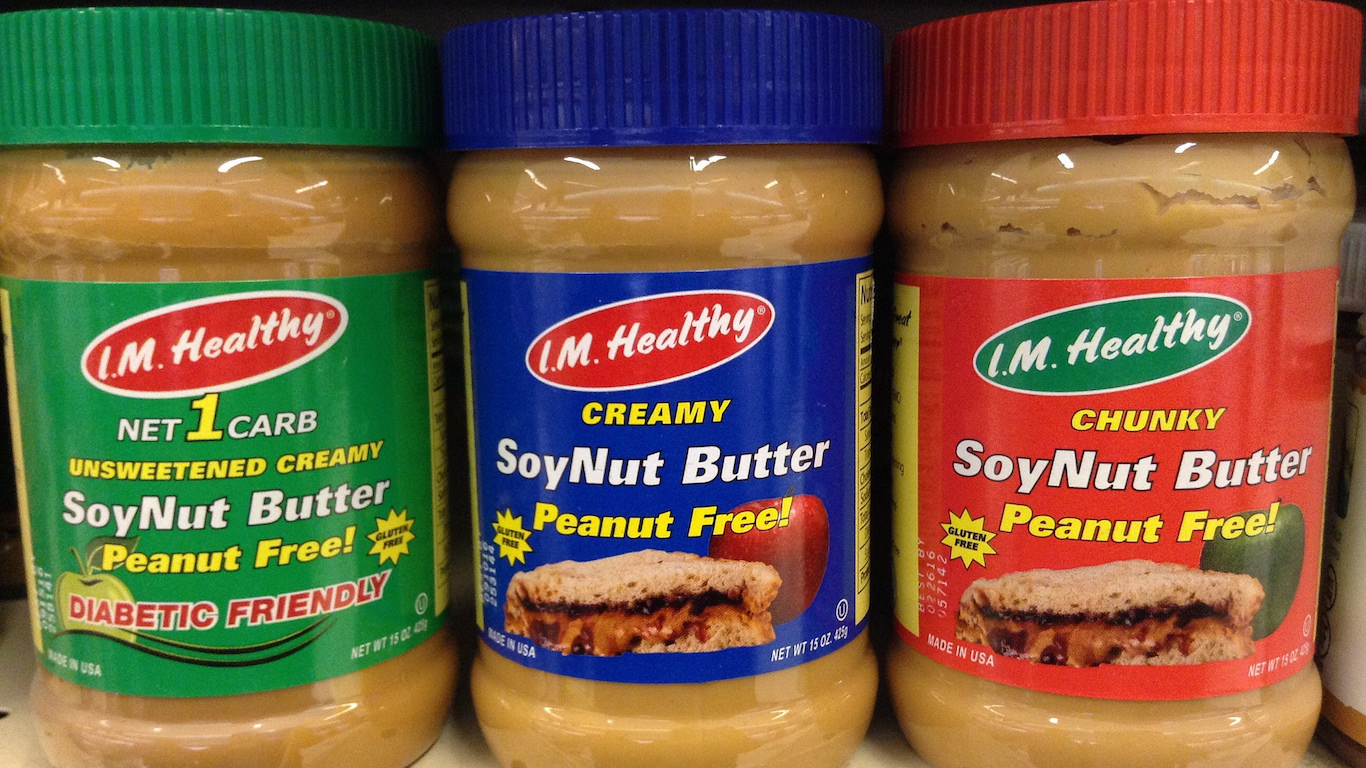
26. SoyNut Butter Company
> No. of cases: 32
> No. of deaths: 0
In 2017, SoyNut Butter Company, which was known for its nut-free granola products and peanut butter substitutes, was the source of a 12-state E. coli outbreak. Thirty-two people fell ill, 26 of which were children. The company filed for bankruptcy shortly after the outbreak was linked to its soy nut paste product.
[in-text-ad-2]
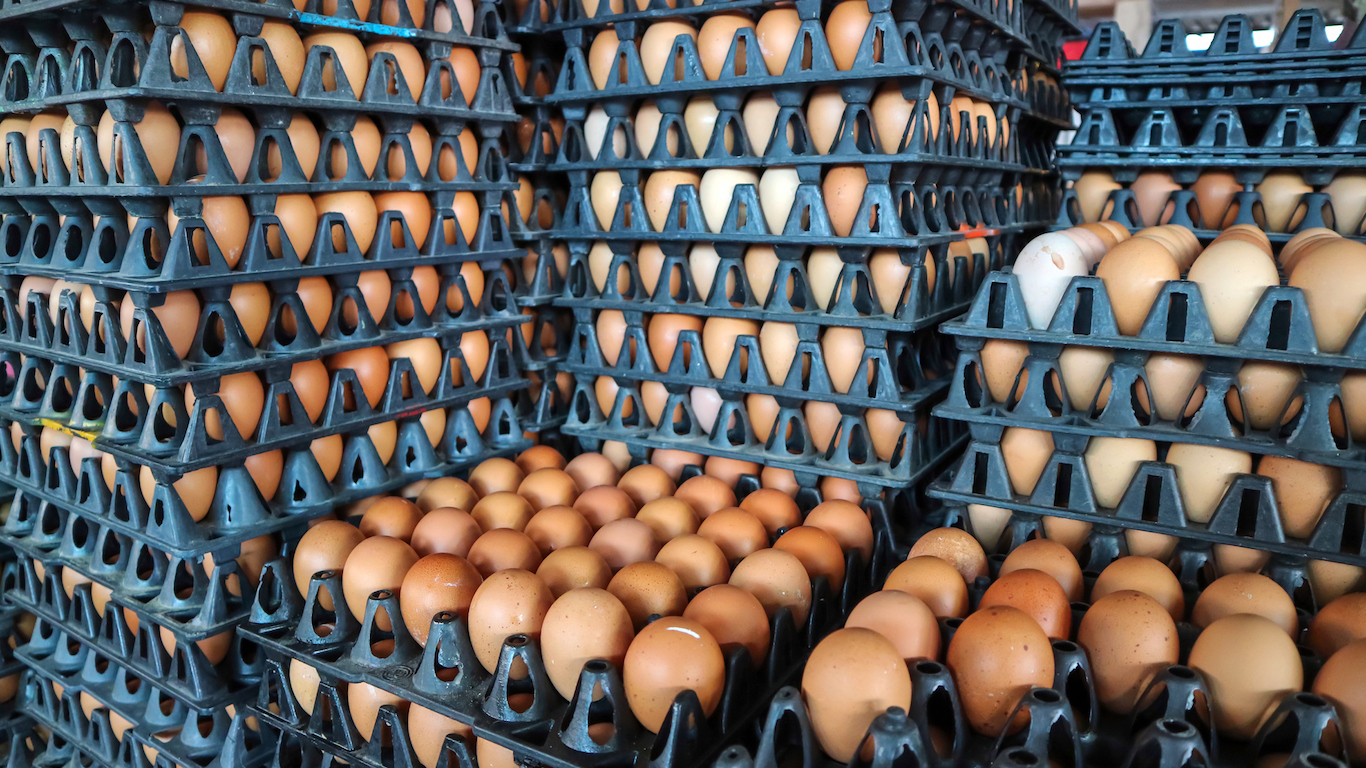
25. Wright County Egg/Hillandale Farms
> No. of cases: 1900+
> No. of deaths: 0
The largest egg recall ever occurred in 2010, when an outbreak of salmonella sickened 1,900 people and forced a half-billion eggs off the shelves. The tainted eggs came from two Iowa farms: Wright County Egg and Hillandale Farms, which distributed them to stores in 14 states.
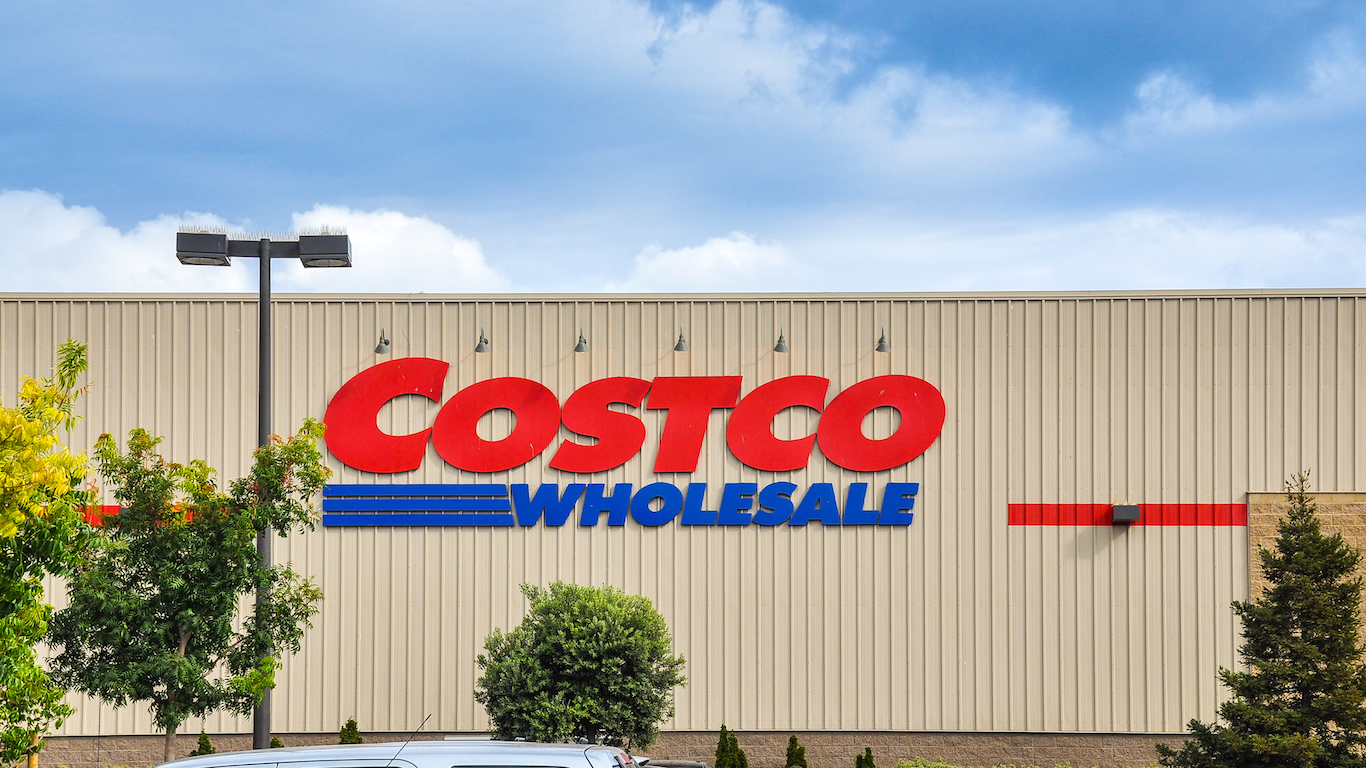
Price-club company Costco, based in Issaquah, Washington, was forced to recall a diced celery and onion mix used in its chicken salad in 2015 after the FDA announced that the product contained E. coli. The vegetable mix, which was produced by California-based Taylor Farms Pacific Inc., sickened 19 people in seven states, with five people hospitalized.
[in-text-ad]
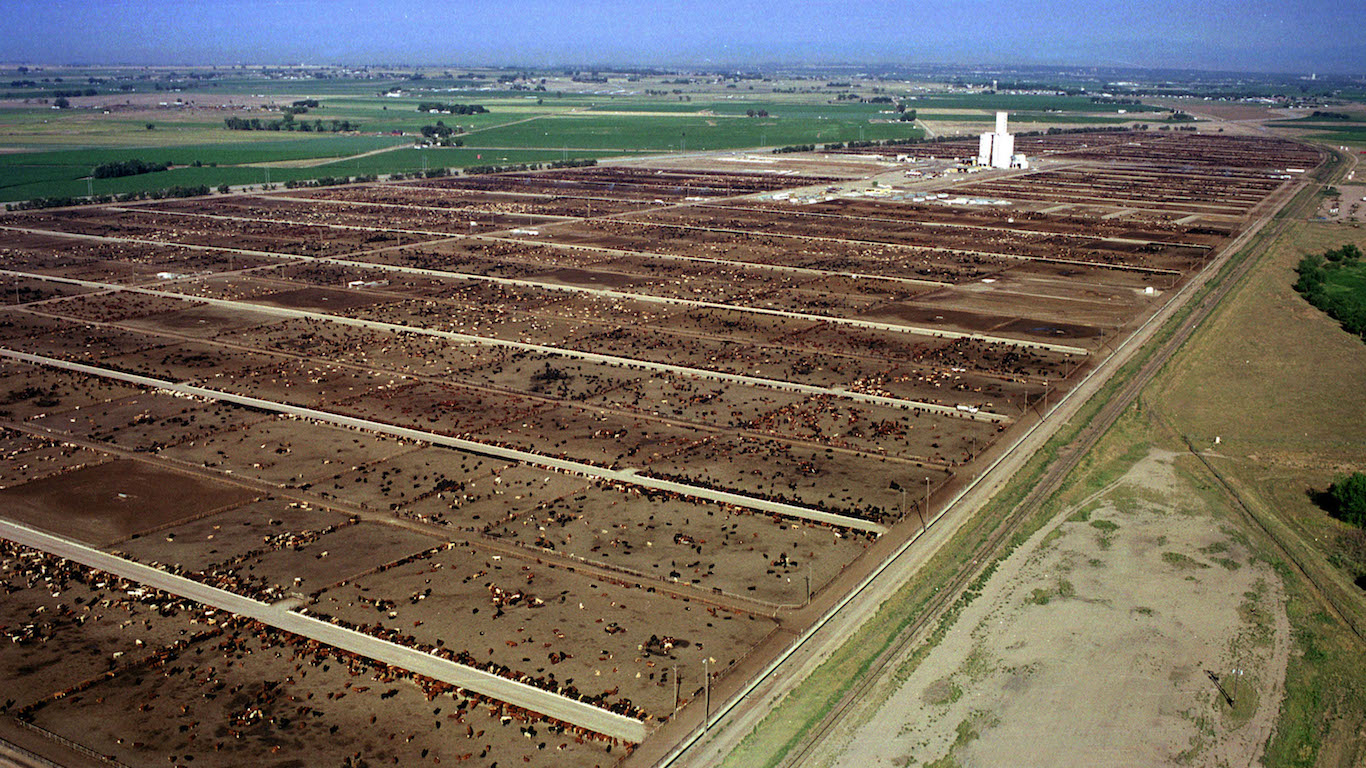
23. ConAgra Beef Company
> No. of cases: 19
> No. of deaths: 0
An outbreak of E. coli in 2002 was traced to a ConAgra Beef Company plant in Greeley, Colorado, that led to 19 people in six states being sickened, with seven hospitalized. More than 19 million pounds of beef were recalled, the second-largest recall in the nation’s history. Department of Agriculture officials said much of the meat targeted for recall had probably already been eaten.
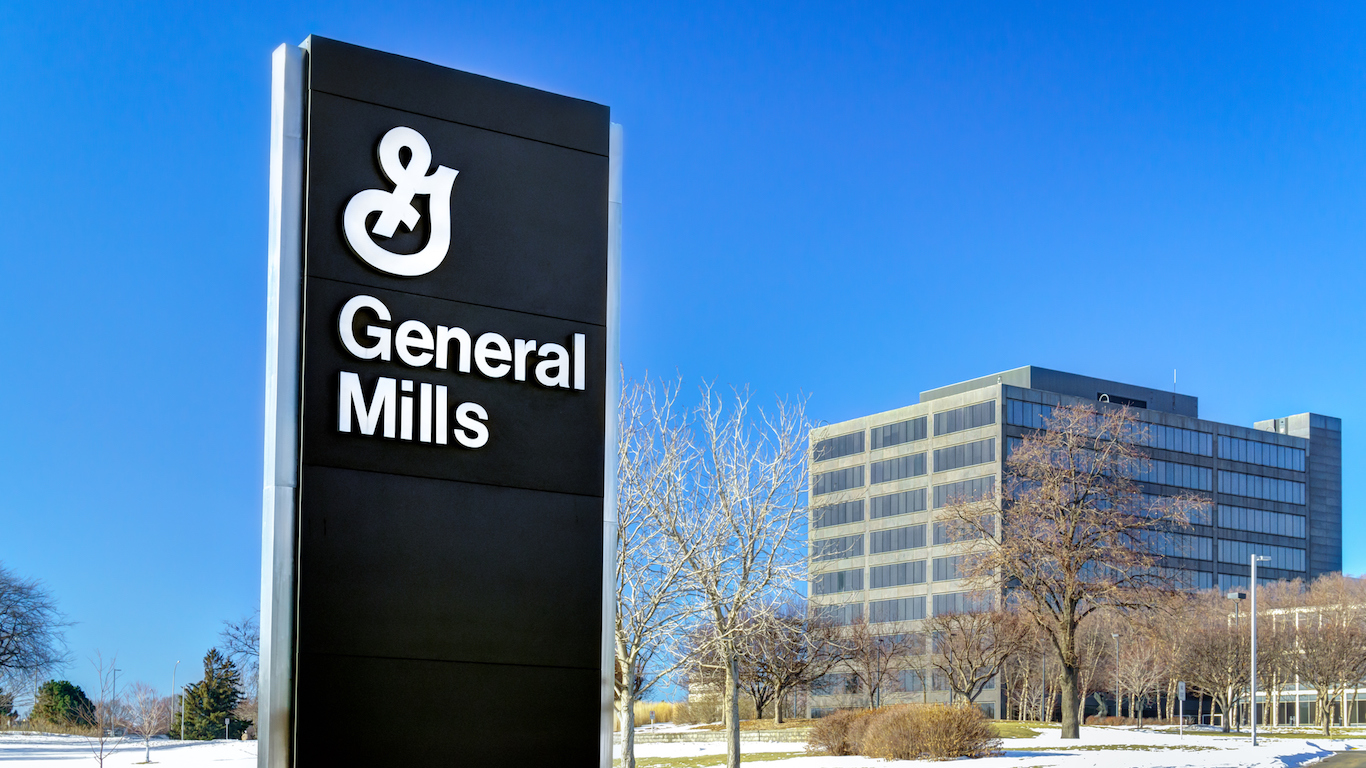
22. General Mills
> No. of cases: 63
> No. of deaths: 0
General Mills, Inc. of Golden Valley, Minnesota, was in for a rude awakening in May 2016 when several batches of raw flour were linked to E. coli. Sixty-three people in 24 states became ill from consuming the flour, and 17 were hospitalized. The outbreak led to a recall of 45 million pounds of flour among three brands: Gold Medal, Gold Medal Wondra, and Signature Kitchens.
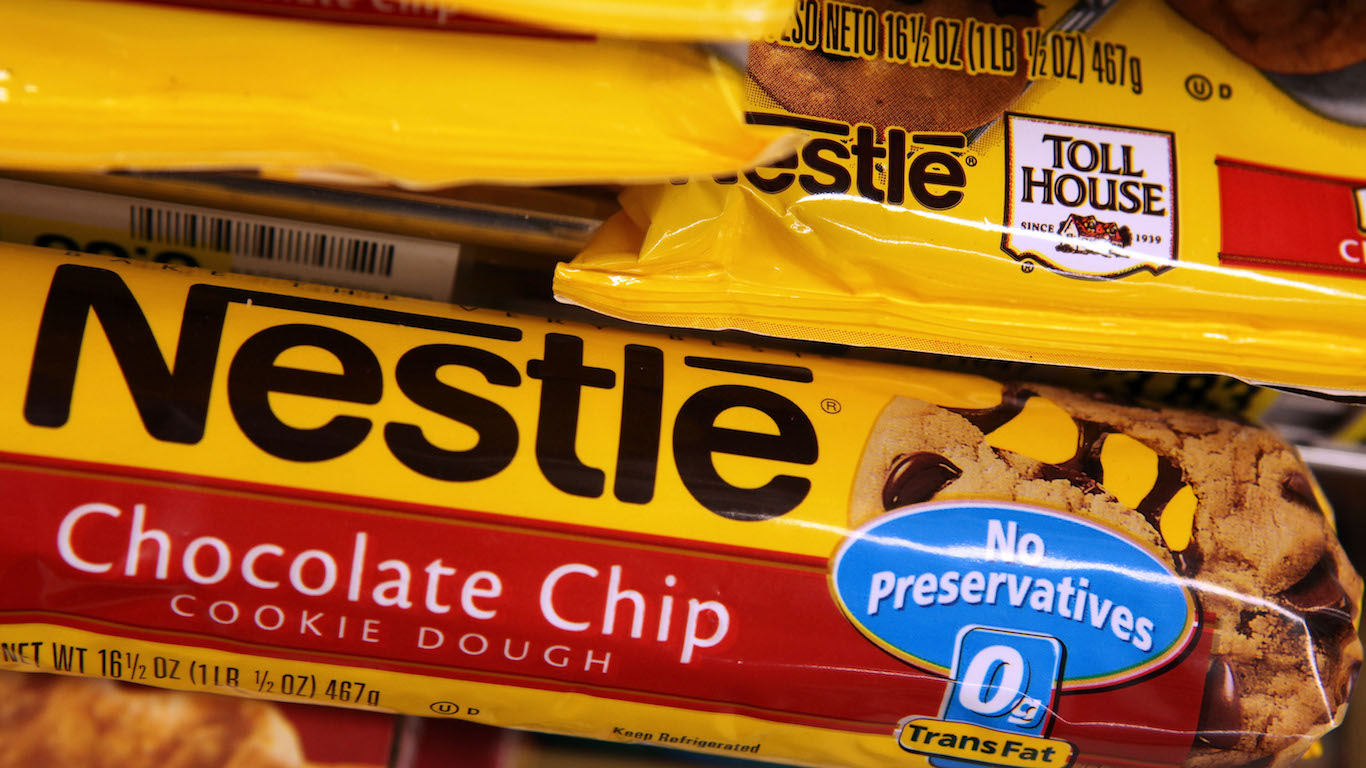
21. Nestlé USA
> No. of cases: 65
> No. of deaths: 0
People were thinking twice about eating cookie dough ice cream after 300,000 cases of Toll House refrigerated cookie-dough products were recalled in 2009. The products, made by Rosslyn, Virginia-based Nestlé USA, contained E. coli and sickened 65 people in 29 states, with 25 people going to the hospital.
[in-text-ad-2]
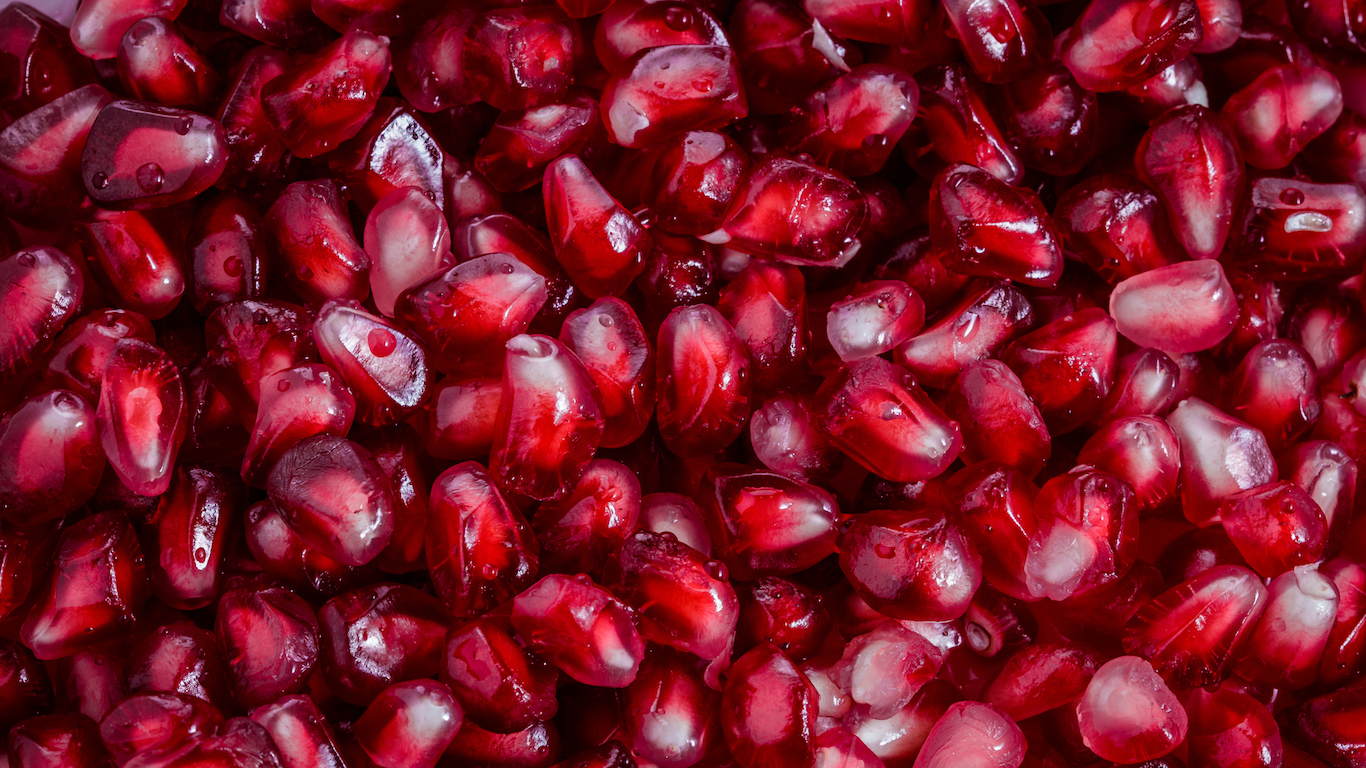
20. Townsend Farms
> No. of cases: 162
> No. of deaths: 0
An outbreak of hepatitis A virus linked to pomegranate seeds from Turkey sickened 162 people in 10 states in 2013. Townsend Farms, Inc. used the seeds to make the Townsend Farms and Harris Teeter Organic Antioxidant Blends. The FDA detained shipments of pomegranate seeds from a Turkish exporter when it was discovered they were the source of the outbreak. Townsend Farms, located in Fairview, Oregon, announced a voluntary recall of its Organic Antioxidant Blends.
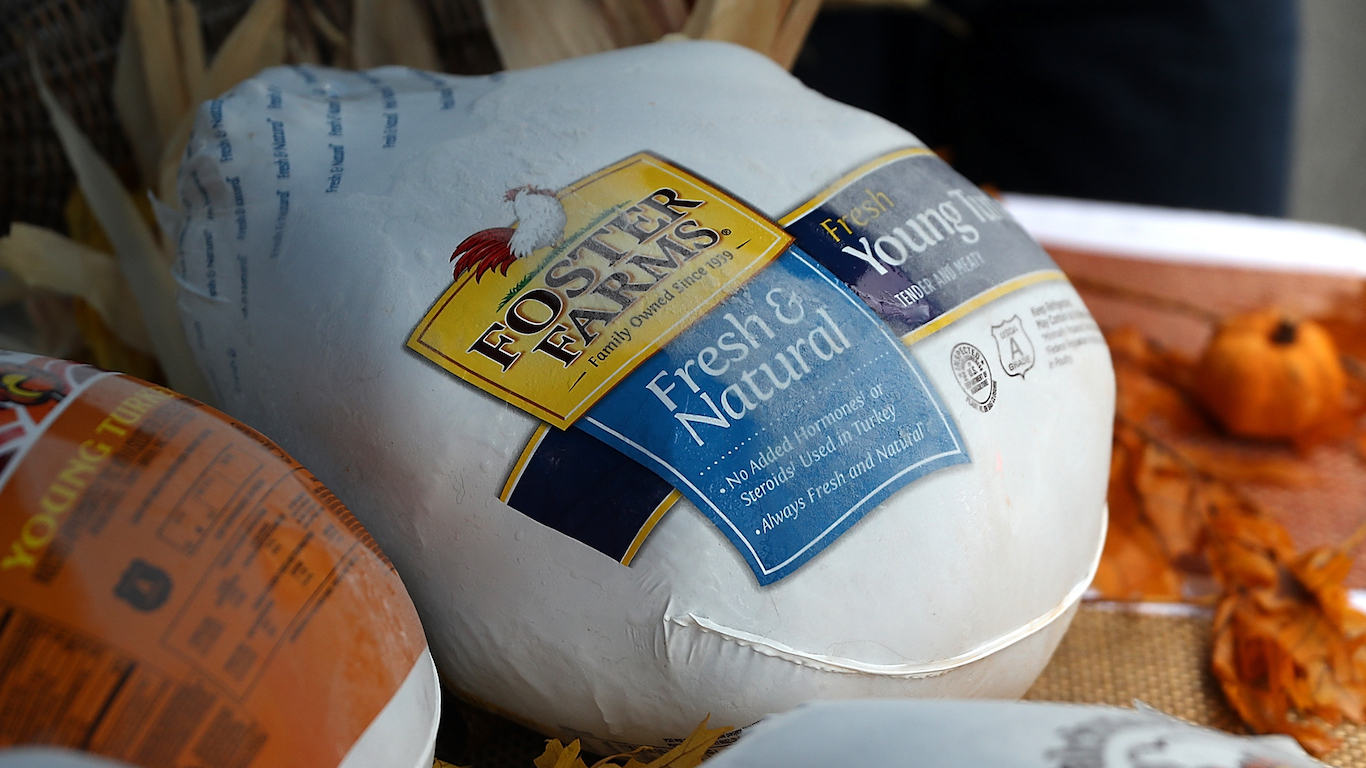
Chicken produced by Foster Farms caused a 17-month-long outbreak of salmonella in 29 states and Puerto Rico. The first sign of the outbreak appeared in March 2013 and by July 2014, a total of 634 people were affected by the pathogen, among them about 241 were hospitalized.
[in-text-ad]
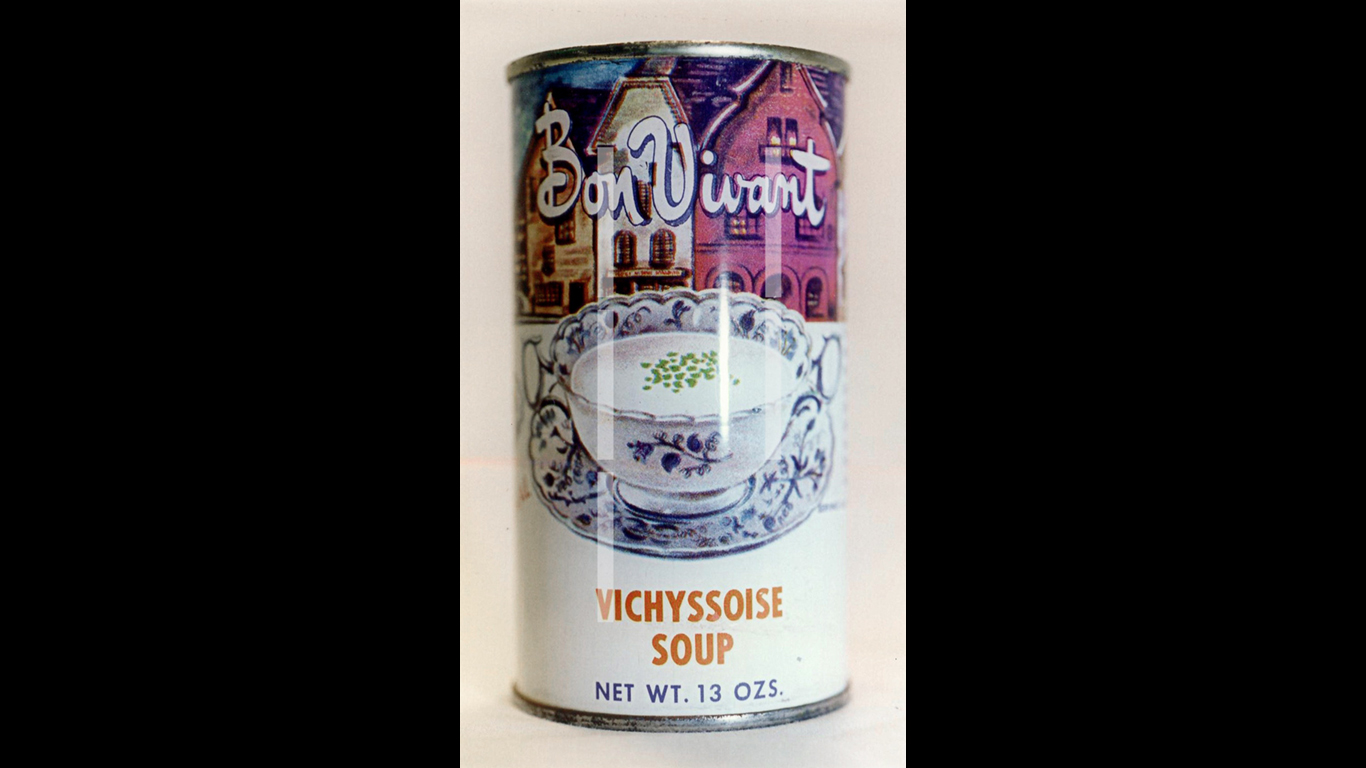
18. Bon Vivant
> No. of cases: 1
> No. of deaths: 1
In 1971, a can of Bon Vivant vichyssoise soup was tainted with botulism that killed a banker from New York and sickened his wife. In July 1971, Bon Vivant Inc. voluntarily recalled 6,444 cans of the product. Botulism results from a toxin derived from a bacteria that can contaminate foods during the canning process.
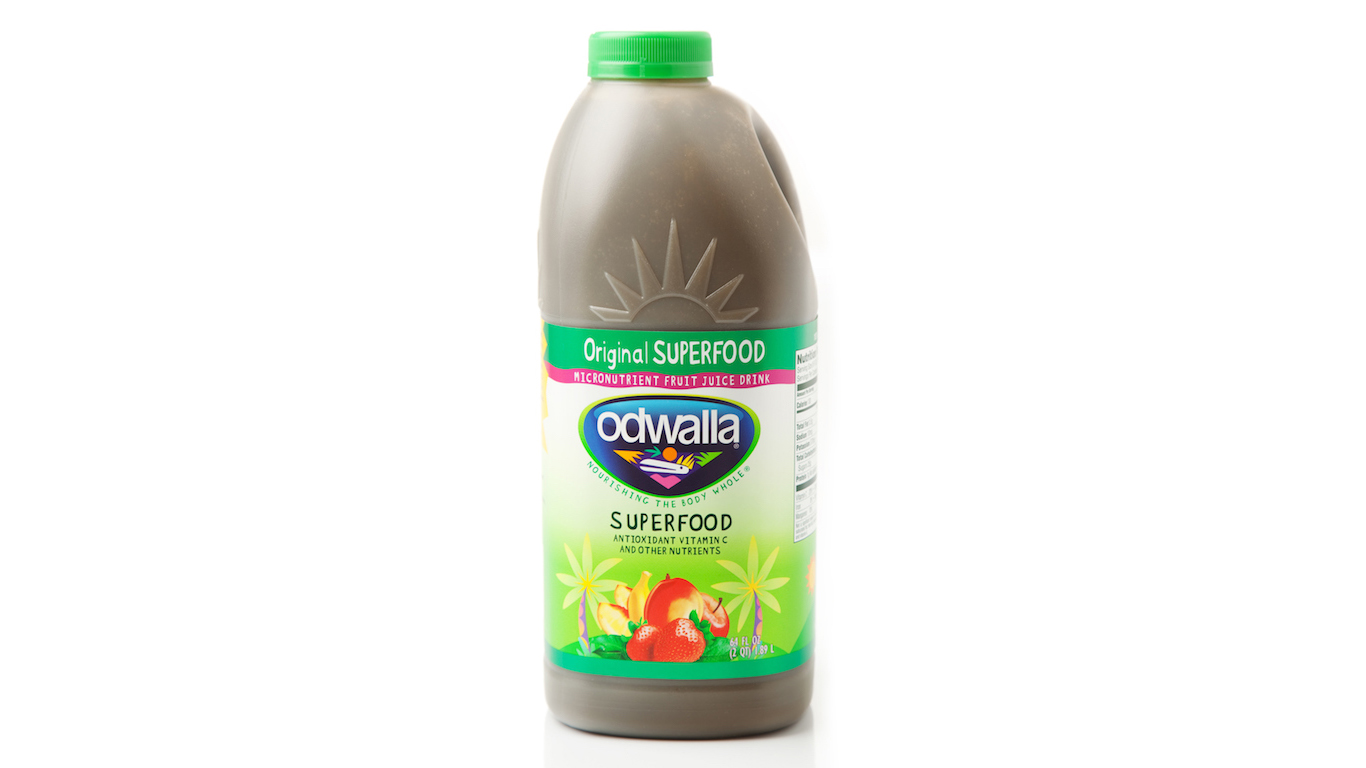
17. Odwalla
> No. of cases: 65+
> No. of deaths: 1
Odwalla Inc. was forced to recall its unpasteurized apple juice following an E.coli outbreak in 1996. More than 65 people in the western United States and British Columbia were sickened by the beverage, and one child died. The Half Moon Bay, California-based company recalled the juice from its 4,000 distributors and shut down its apple juice and carrot juice production facilities in California. Odwalla was held criminally responsible for the outbreak and pled guilty to 16 federal charges and paid a $1.5 million fine. The company was eventually bought by Coca-Cola.
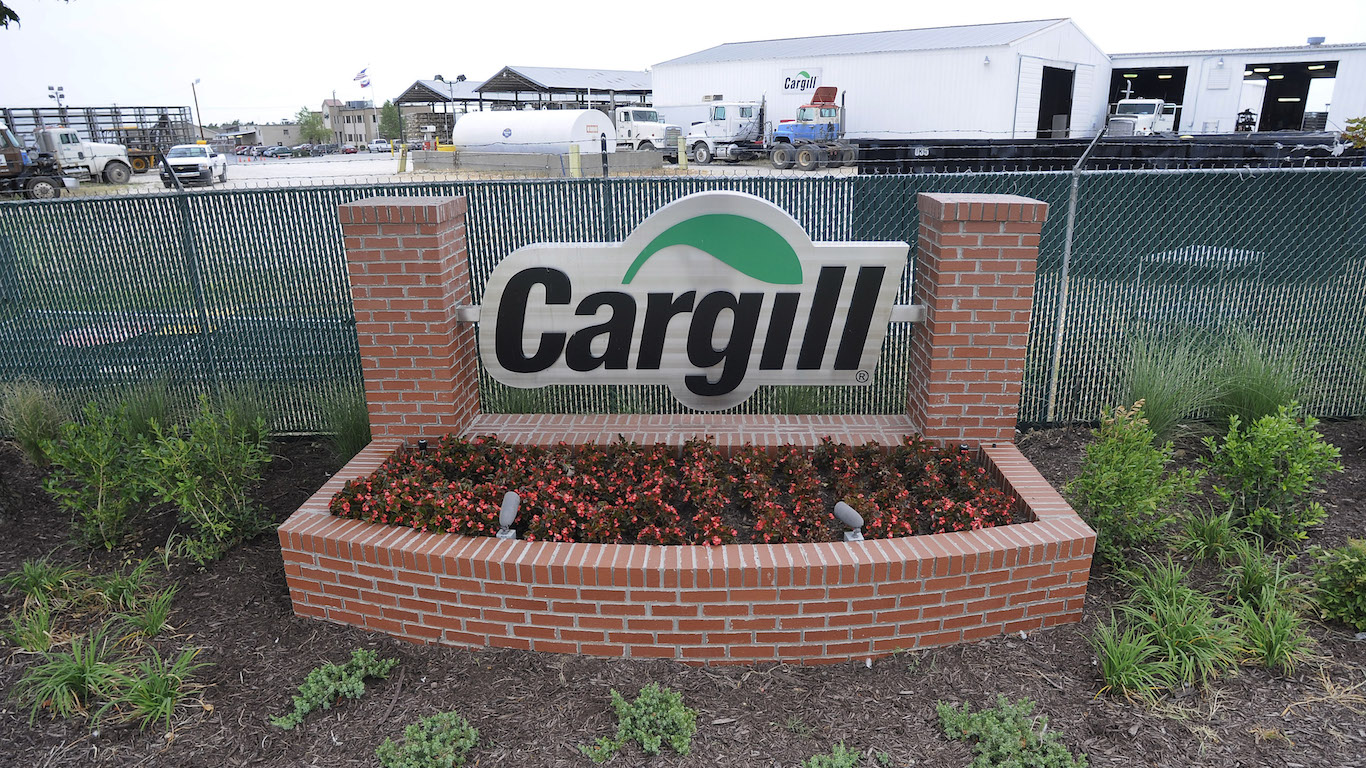
16. Cargill
> No. of cases: 75
> No. of deaths: 1
Cargill Meat Solutions Corporation in Springdale, Arkansas, had not just one, but two outbreaks of salmonella in 2011. The first outbreak occurred in August 2011, when one person died and another 75 became ill after consuming Cargill’s ground turkey. The company had to recall nearly 36 million pounds of meat. Less than a month later, the same strain of the foodborne illness was found again, leading to a recall of an additional 185,000 pounds of ground turkey.
[in-text-ad-2]
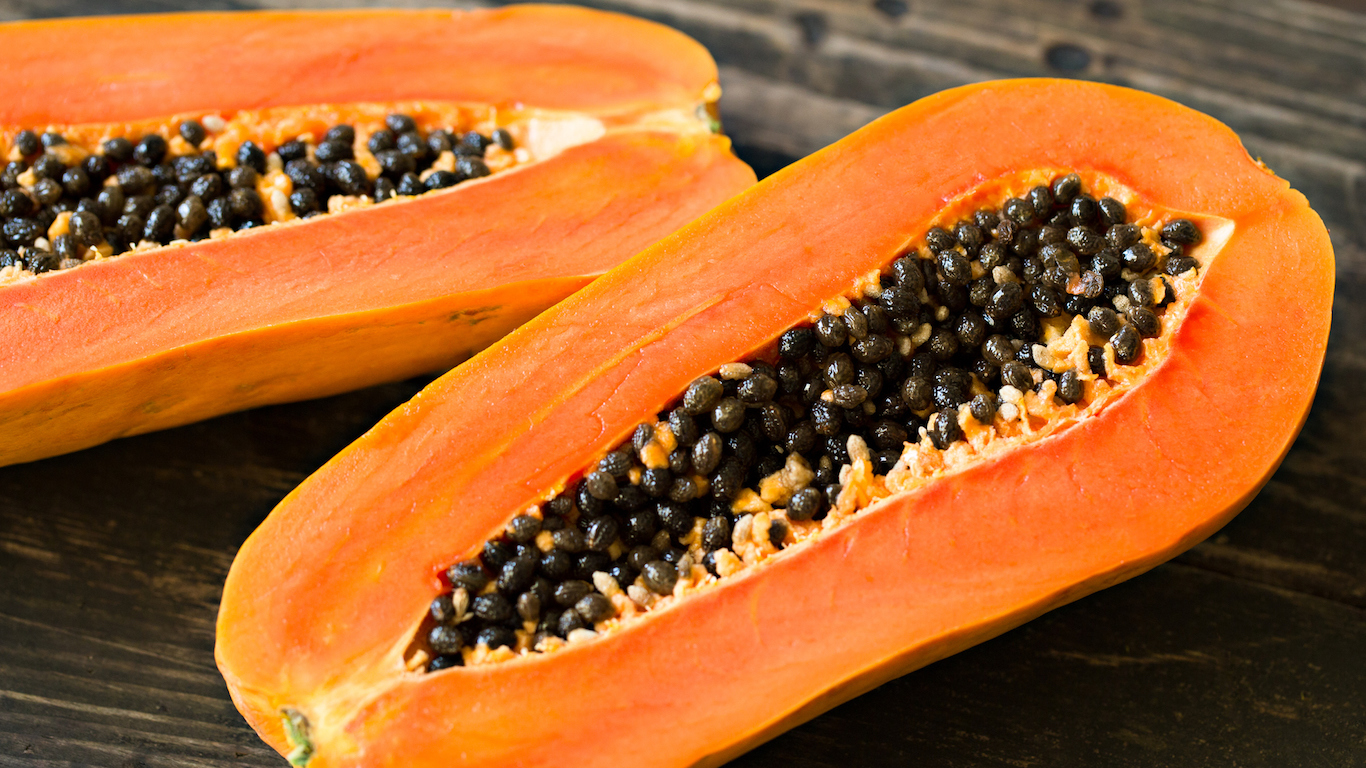
15. Carica de Campeche Farm
> No. of cases: 220
> No. of deaths: 1
Five different strains of salmonella were found in papayas grown on a farm in Tenabo, Campeche, Mexico, in 2017. They infected 220 people in 23 states over a five-month span. One person in New York City died and 68 were hospitalized in other parts of the country. Three separate companies — Grande Produce, Agroson’s LLC, and Freshtex Produce — announced recalls of papayas.
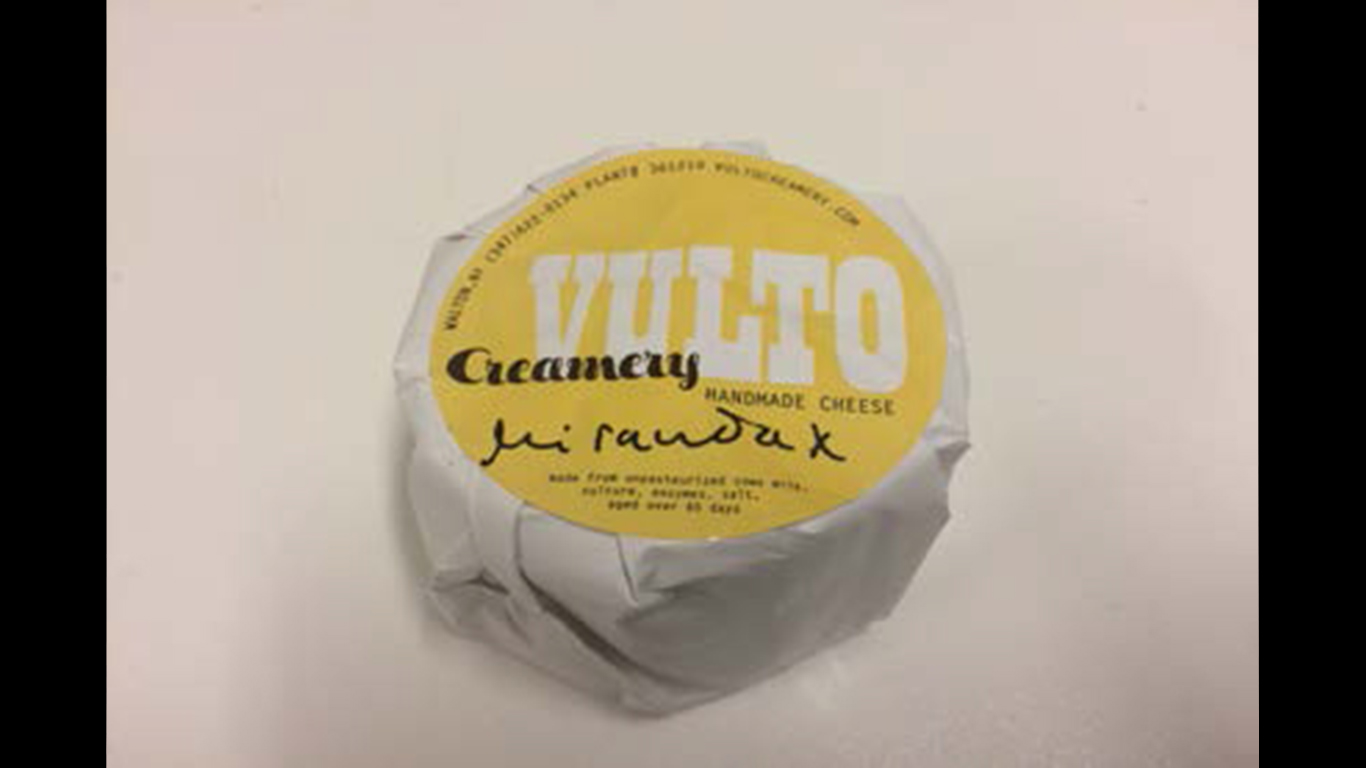
In March 2017, Vulto Creamery, an artisanal cheesemaker based in Walton, New York, recalled several cheeses made with raw milk that were tainted with listeria. The products had been distributed across the country, and were predominantly sold at Whole Foods Markets. The outbreak caused two deaths in Connecticut and Vermont, and caused another eight people to fall ill. Evidently, the owner of Vulto Creamery knew about the facility’s contamination two years prior, but chose not to report it.
[in-text-ad]
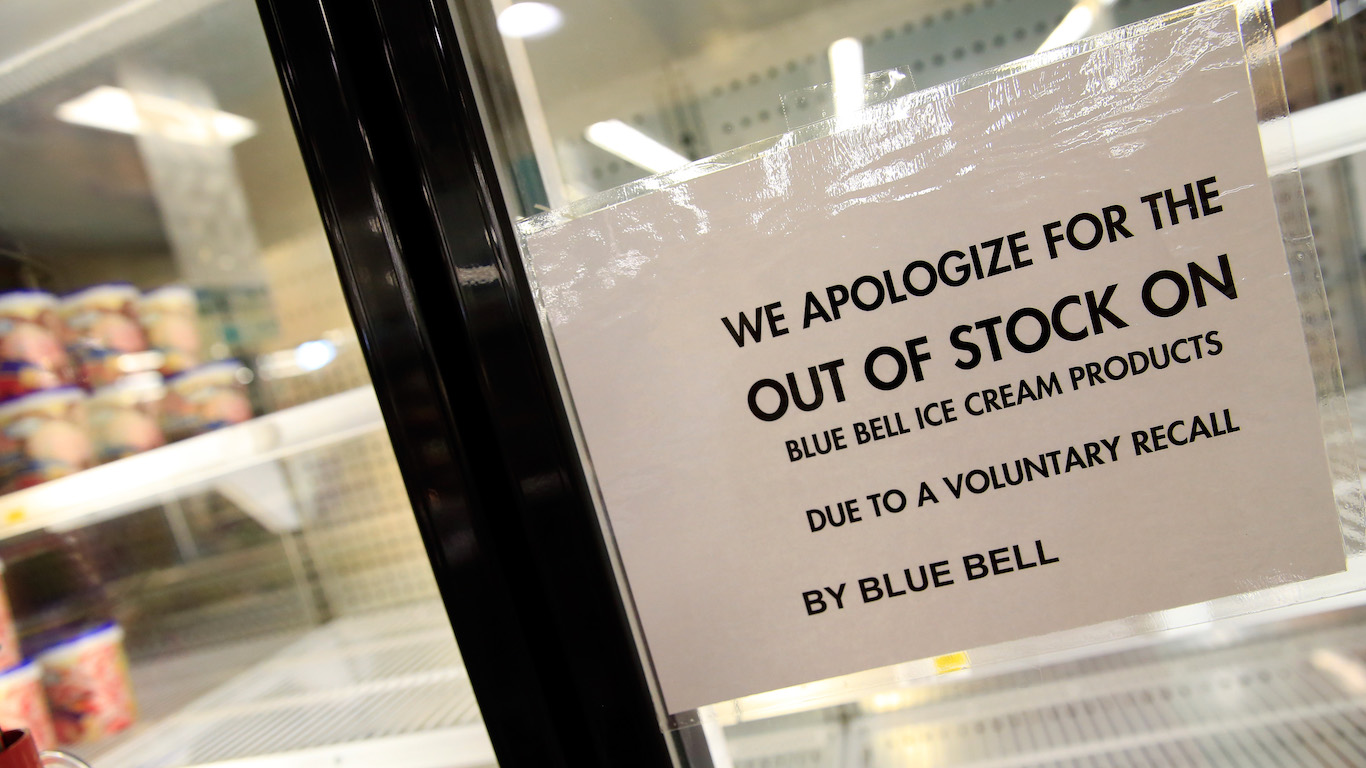
13. Blue Bell Creameries
> No. of cases: 10
> No. of deaths: 3
Blue Bell Creameries, the nation’s third-largest ice cream maker and one of the South’s most beloved companies, experienced a listeria outbreak in 2015. Ten people were infected in three states, and three died in Kansas. Blue Bell, based in Brenham, Texas, voluntarily recalled its ice cream, yogurt, sherbet, and frozen snack products in April 2015.
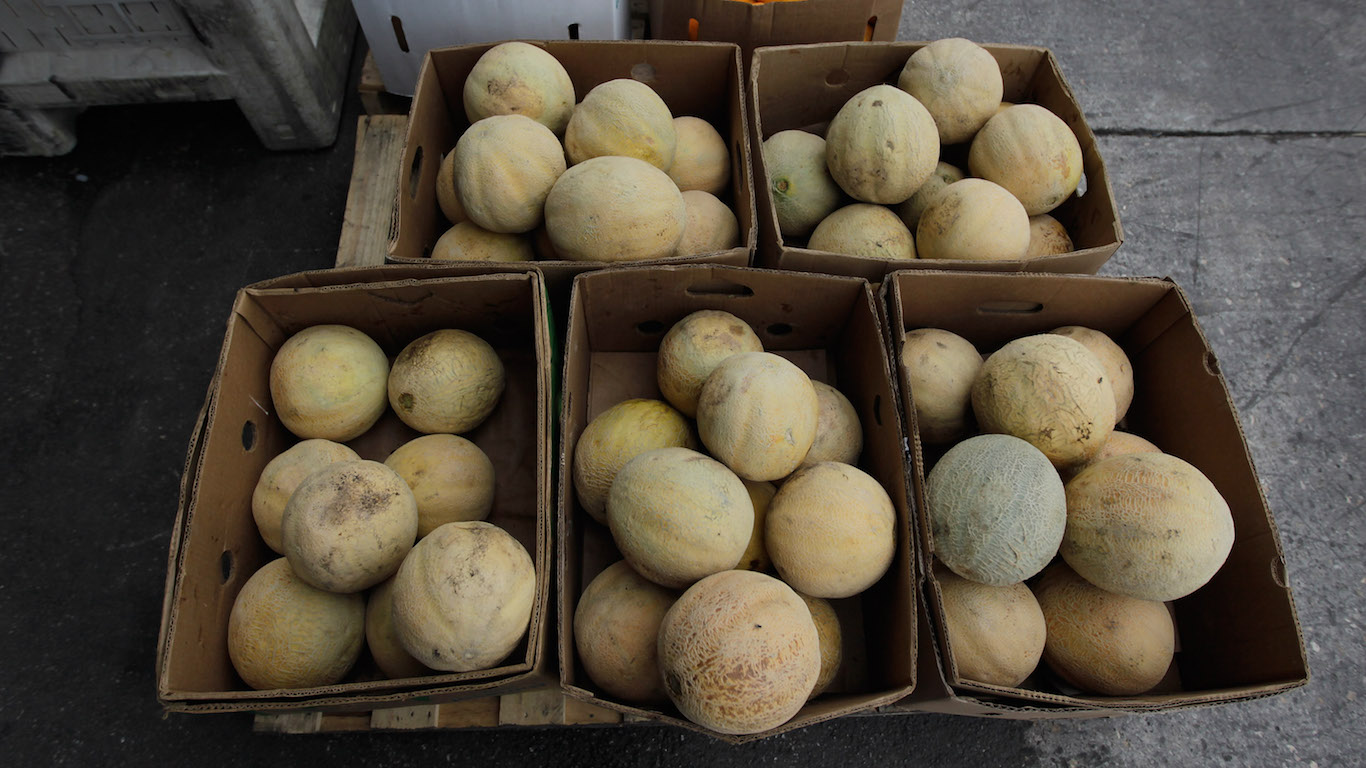
12. Chamberlain Farms Produce
> No. of cases: 261
> No. of deaths: 3
The FDA announced a recall of cantaloupes sourced from Indiana’s Chamberlain Farms Produce, Inc. in 2012. The cantaloupes were contaminated with salmonella, which infected 261 people, and caused 94 hospitalizations and three deaths.
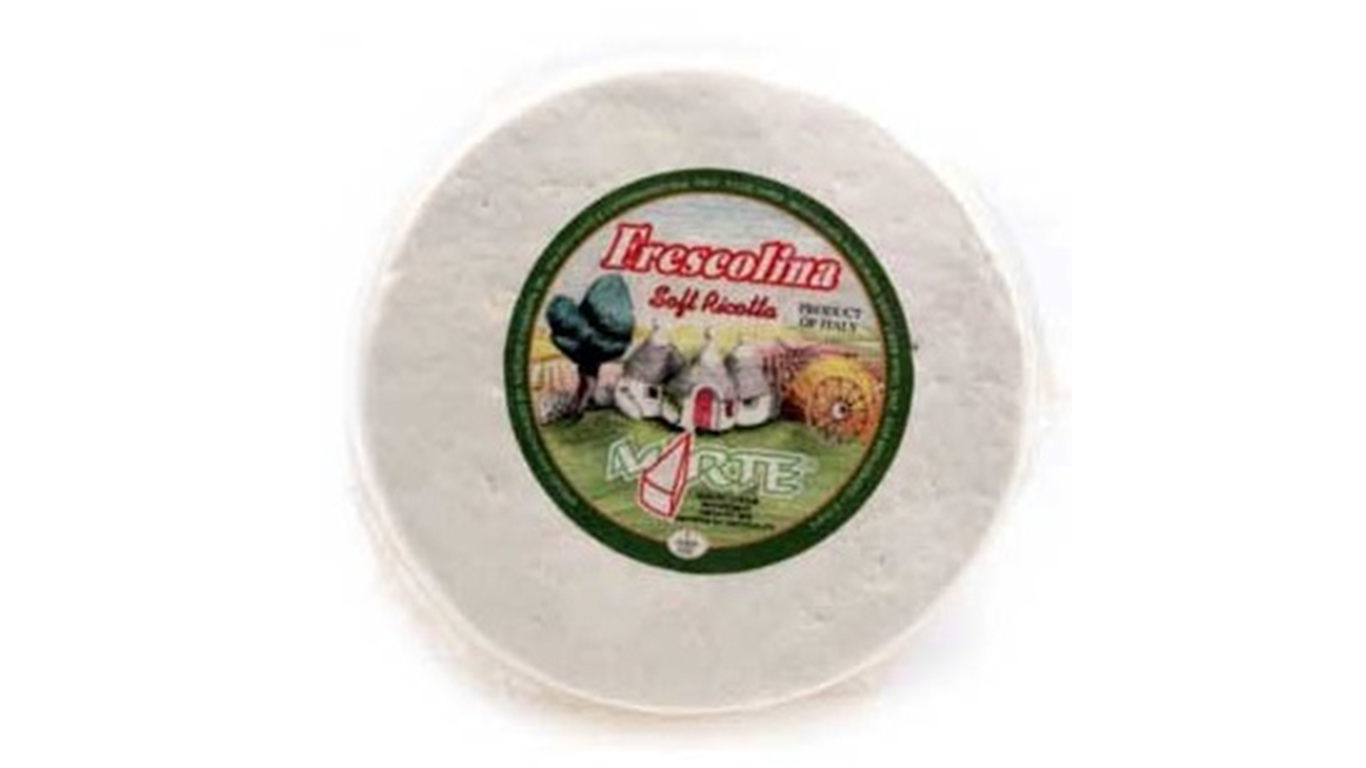
11. Frescolina Marte
> No. of cases: 22
> No. of deaths: 4
Listeria was found in an Italian cheese importer’s Frescolina Marte ricotta salata cheese in 2012. The foodborne illness infected 22 people in 13 states and the District of Columbia, and was linked to four deaths and 20 hospitalizations. The cheese importer, Forever Cheese Inc., voluntarily recalled the product, and the CDC placed the exporter, Fattorie Chiarappa S.R.L., on import alert. That meant Fattorie Chiarappa’s cheese was denied entry to the U.S. until the company could prove the product was not contaminated with listeria.
[in-text-ad-2]
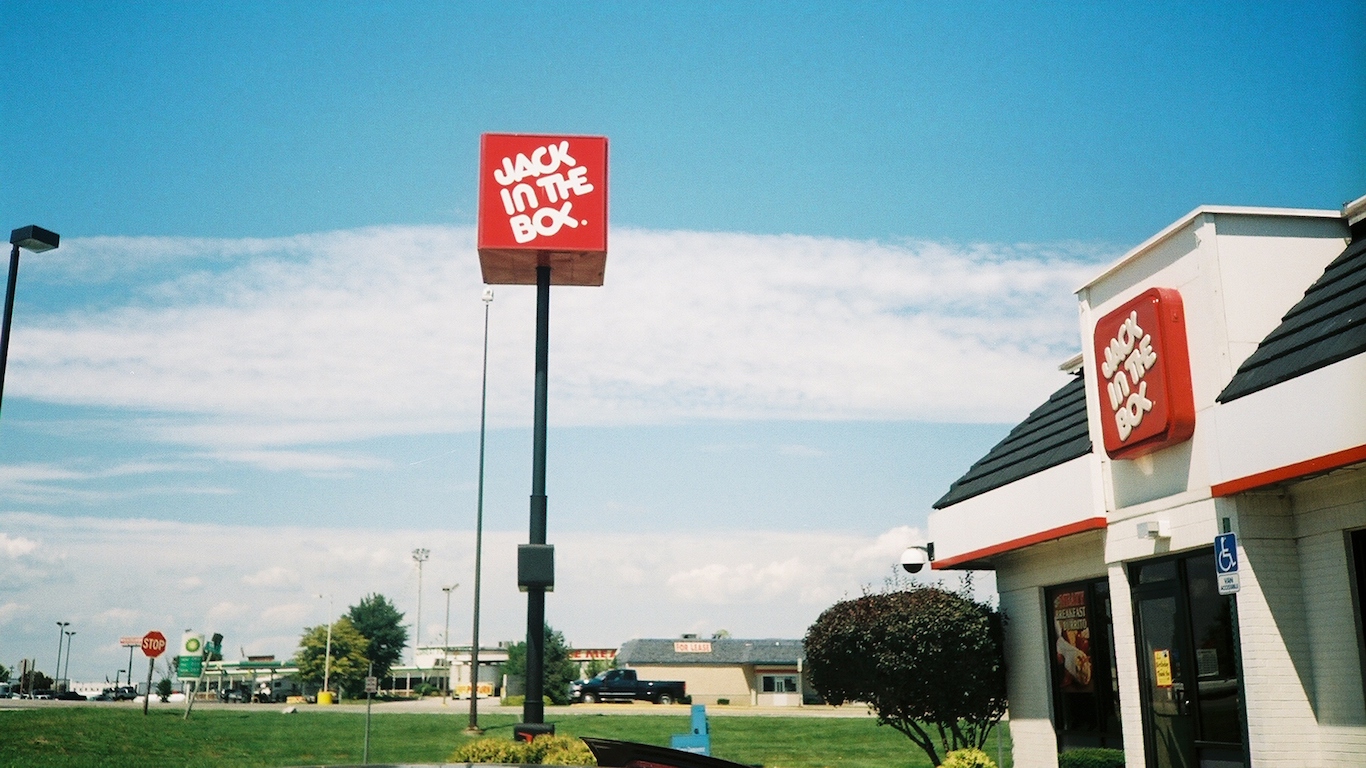
10. Jack in the Box
> No. of cases: 500+
> No. of deaths: 4
One of the deadliest E. coli infections to date occurred in 1993 when over 500 people in Washington, Idaho, California, and Nevada contracted the foodborne illness after eating hamburgers from Jack in the Box. The outbreak was linked to 11 lots of patties produced by Von Companies of California. Jack in the Box issued a recall, but only 20 percent of the ground beef was recovered and the company lost approximately $160 million. The outbreak caused four deaths, one being a child, and more than 170 hospitalizations.
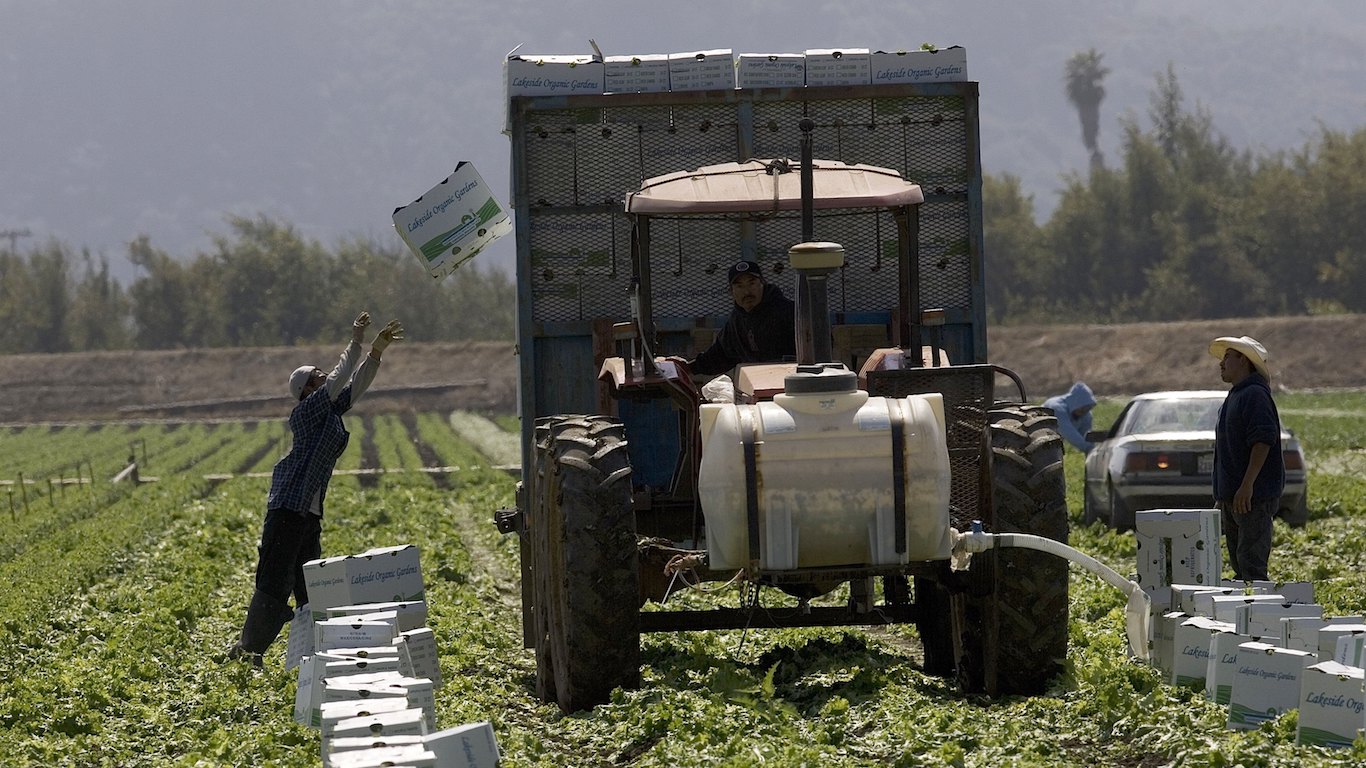
In September 2006, five people died and 205 people were sickened by E. coli after eating contaminated spinach grown on a San Juan Bautista, California-based farm. Natural Selection Foods, which sold the leafy green vegetable under its Earthbound Farm brand, recalled the product later that month. A Washington Post story said Natural Selection supplied bagged spinach to 74 percent of the nation’s grocery stores.
[in-text-ad]
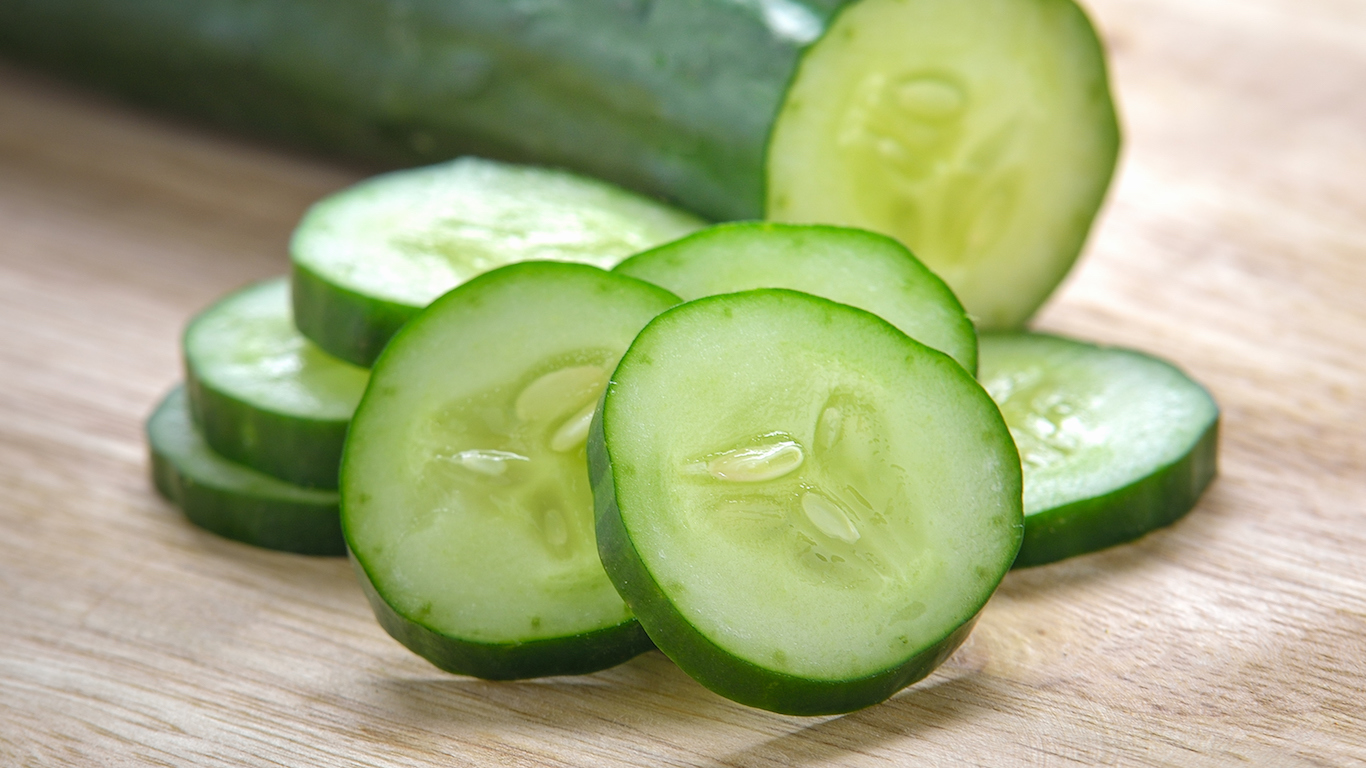
8. Andrew & Williamson Fresh Produce
> No. of cases: 907
> No. of deaths: 6
In 2015, cucumbers tainted with salmonella killed six people, hospitalized 204, and sickened 907 people in 40 states. The CDC determined that Andrew & Williamson Fresh Produce had imported the vegetables from Mexico but the source of the contamination was not identified. Andrew & Williamson, based in San Diego, California, announced a recall of cucumbers in September 2015.
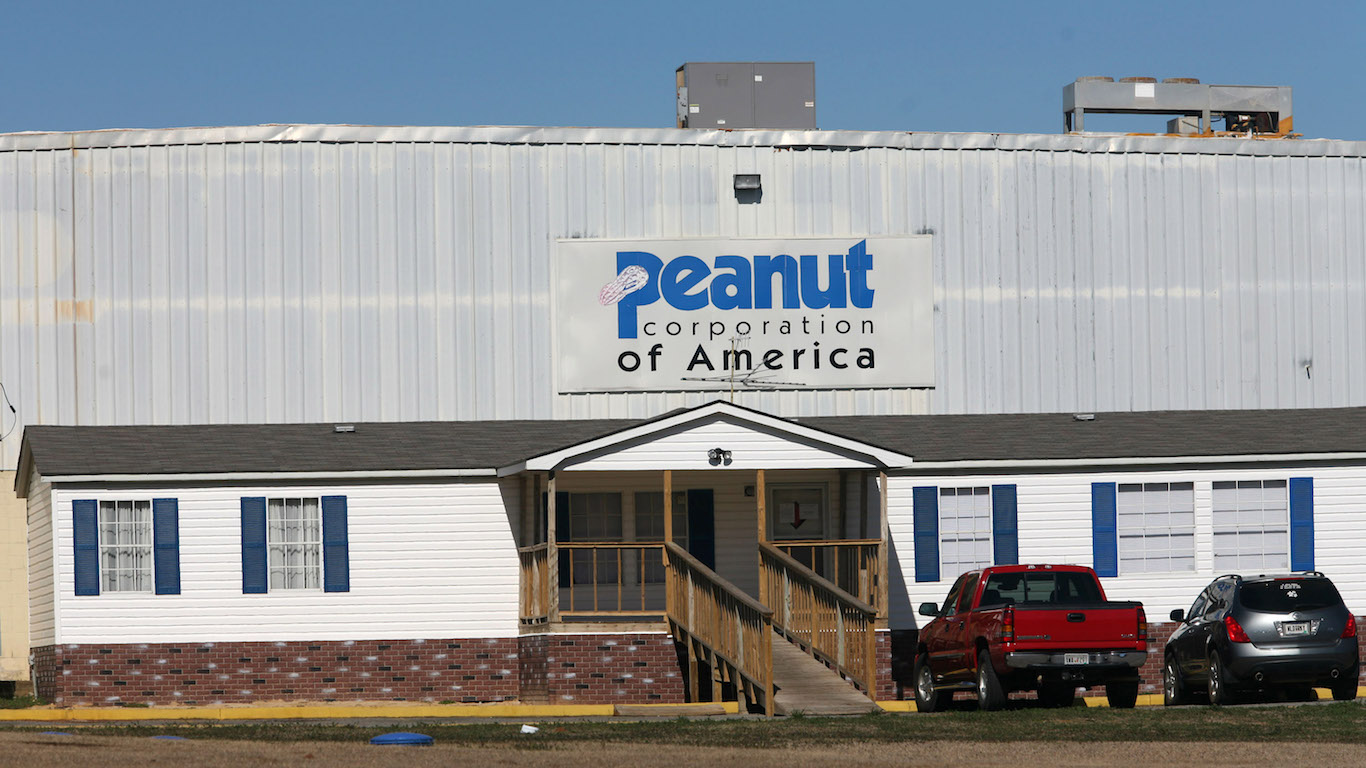
7. Peanut Corporation of America
> No. of cases: 600+
> No. of deaths: 8
One of the biggest salmonella outbreaks of all time occured between 2008 and 2009 when the pathogen was detected in Peanut Corporation of America’s peanut products. The outbreak infected over 600 people and killed eight in the U.S. and Canada. The company recalled more than 3,200 products and eventually filed for bankruptcy in February 2009.
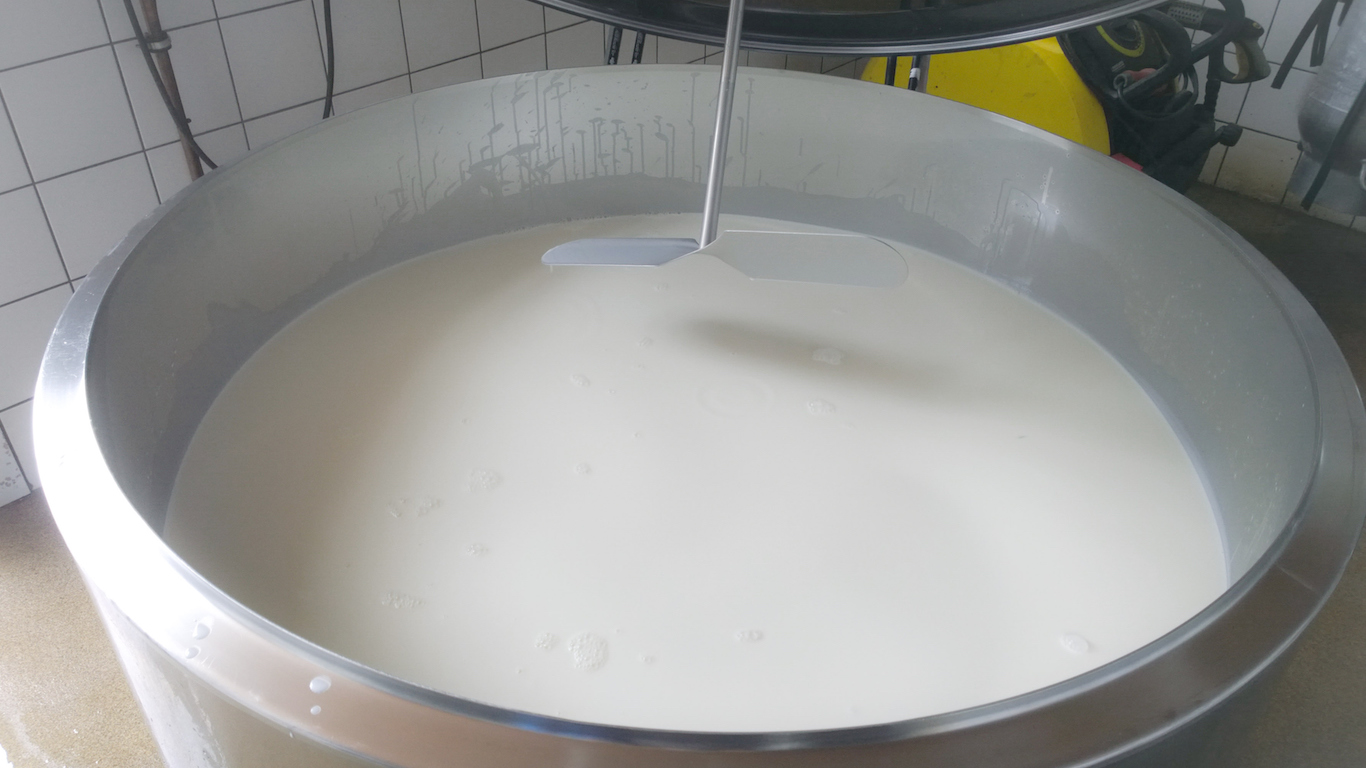
6. Hillfarm Dairy
> No. of cases: 16,000+
> No. of deaths: 9
Perhaps the biggest outbreak of salmonella to date occurred in 1985, and was caused by milk from Hillfarm Dairy in Melrose Park. Illinois. More than 16,000 people across the upper Midwest fell ill — and nine died. The milk was removed from the shelves of supermarkets and the company was shut down shortly after it was identified as the source of the outbreak.
[in-text-ad-2]
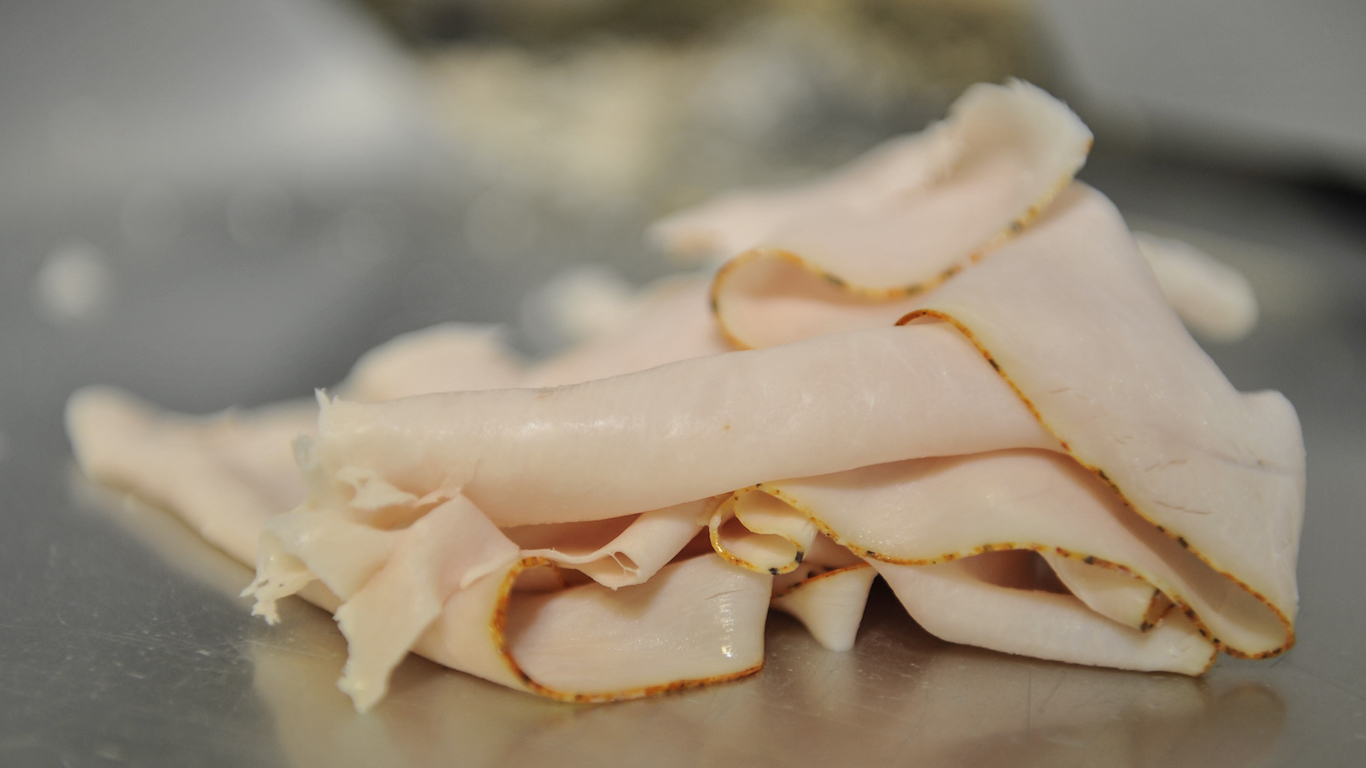
5. Pilgrim’s Pride
> No. of cases: 46
> No. of deaths: 10
In 2002, Pilgrim’s Pride Corporation’s deli meat wreaked havoc in eight states. After 46 cases of listeria were confirmed, Pilgrim’s Pride recalled a whopping 27.4 million pounds of ready-to-eat chicken and turkey products. The outbreak resulted in 10 deaths, including three stillbirths and miscarriages.
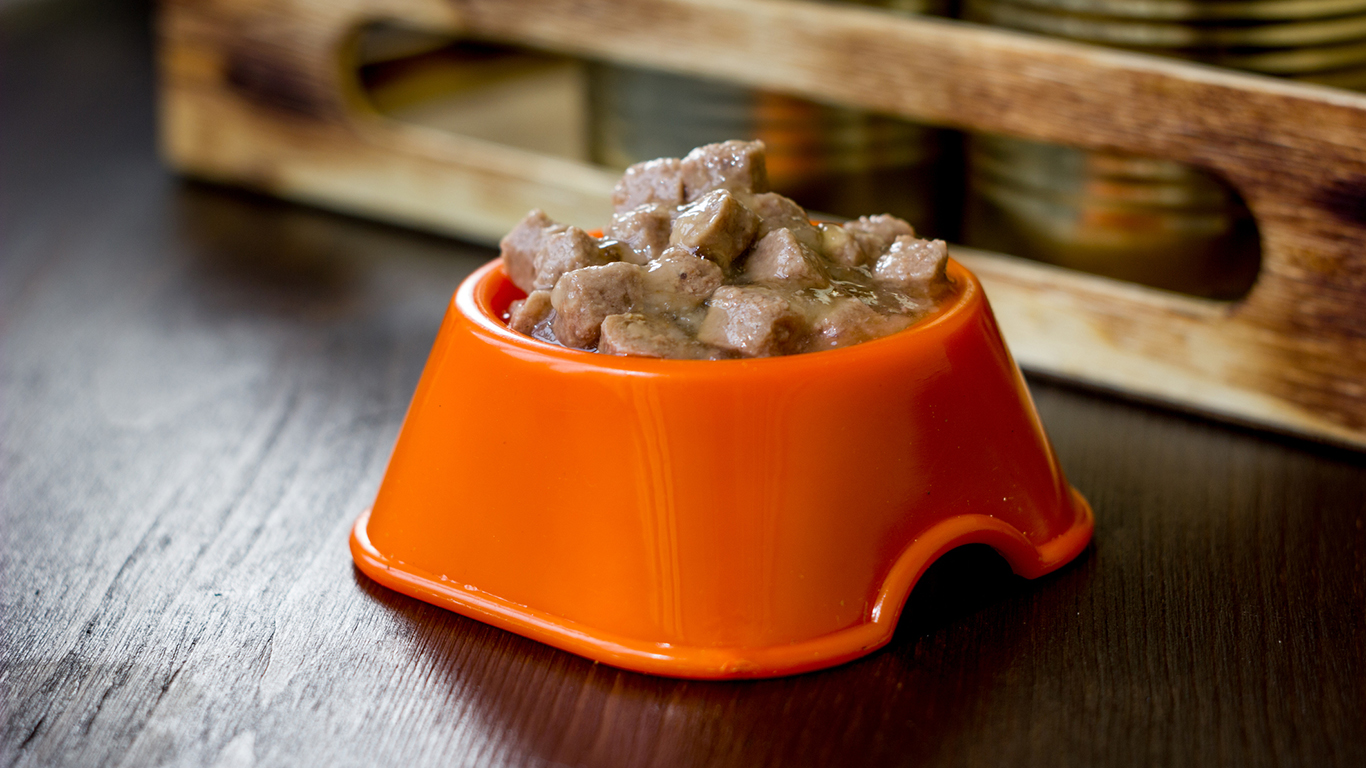
4. Menu Foods
> No. of cases: 14
> No. of deaths: 14
Menu Foods recalled 60 million cans and packages of pet food in 2007 after 14 cats and dogs died. The gluten in some products had been contaminated with melamine, a chemical that’s used in the manufacturing of items such as cooking utensils, plates, and paperboard, just to name a few. The FDA does not allow melamine to be used in human food or animal feed because it can cause adverse side effects such as kidney failure.
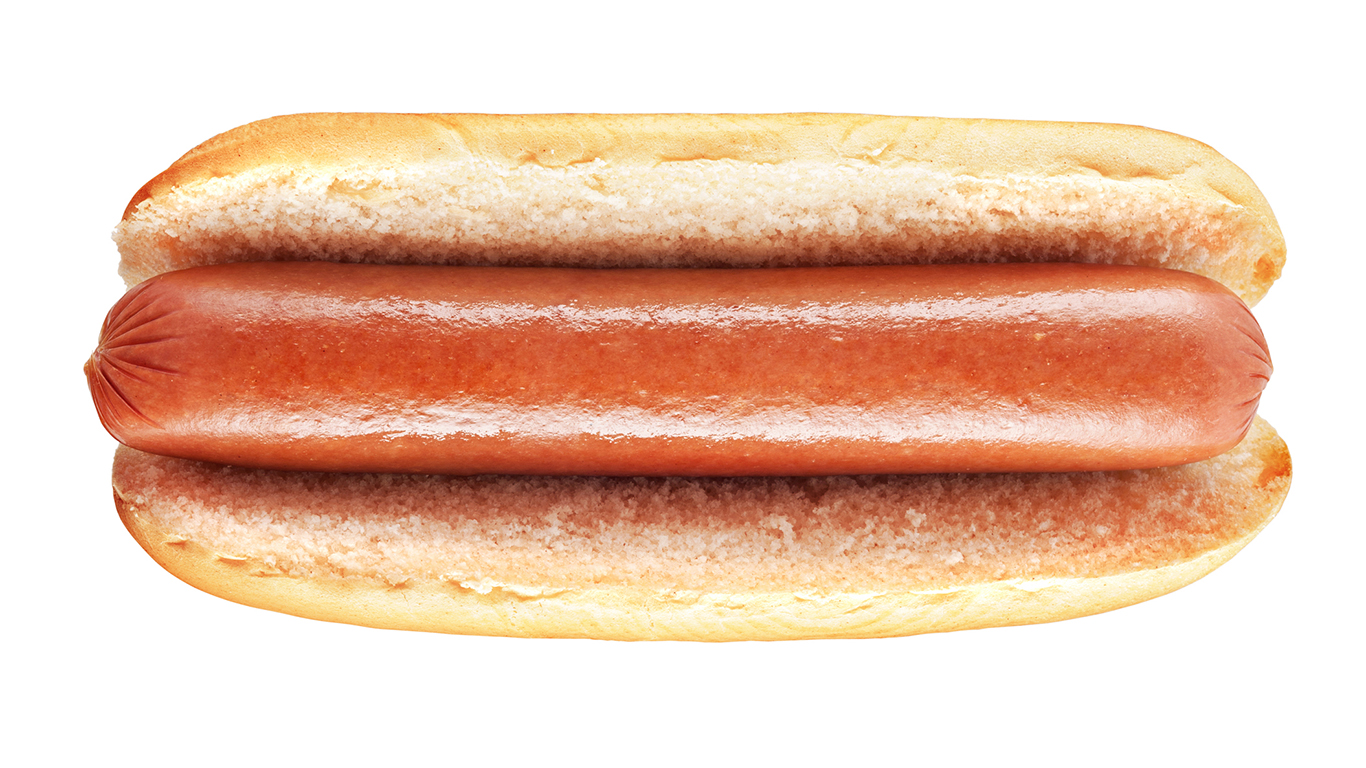
3. Sara Lee
> No. of cases: 100+
> No. of deaths: 21
Hot dog and deli meat producing giant Sara Lee Corp. voluntarily recalled 35 million pounds of meat in 1998 after learning its products were contaminated with listeria. The outbreak killed 21 people and more than 100 fell ill. Not surprisingly, Sara Lee suffered major losses — the recall alone cost roughly $76 million. Another $25 million went toward renovating the facility where the outbreak originated.
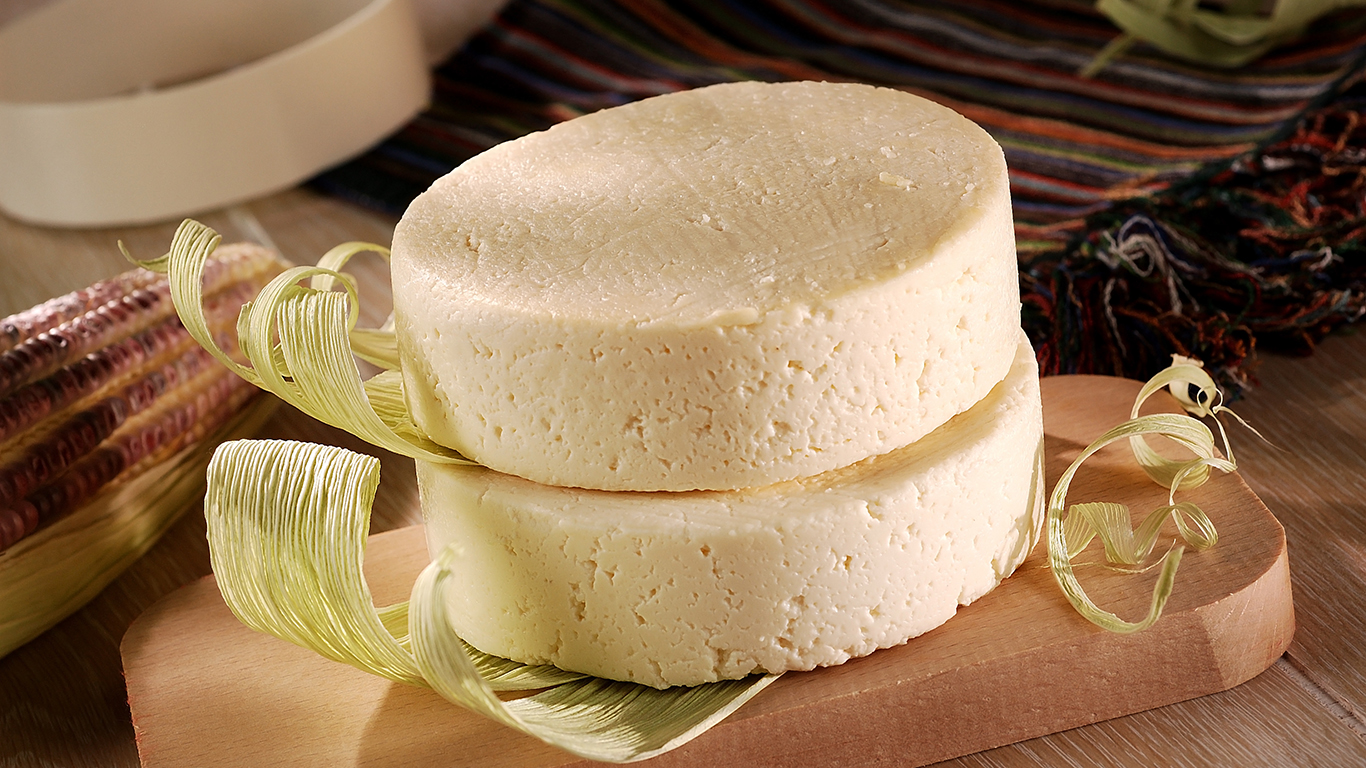
2. Jalisco Mexican Products Inc.
> No. of cases: 142
> No. of deaths: 28
A devastating 28-state listeria outbreak caused by soft, Mexican-style cheese made by Jalisco Mexican Products killed 28 people, including 10 newborns, in 1985. A total of 142 cases of human listeriosis were confirmed in Los Angeles County, 93 of which were pregnant women and their unborn children.
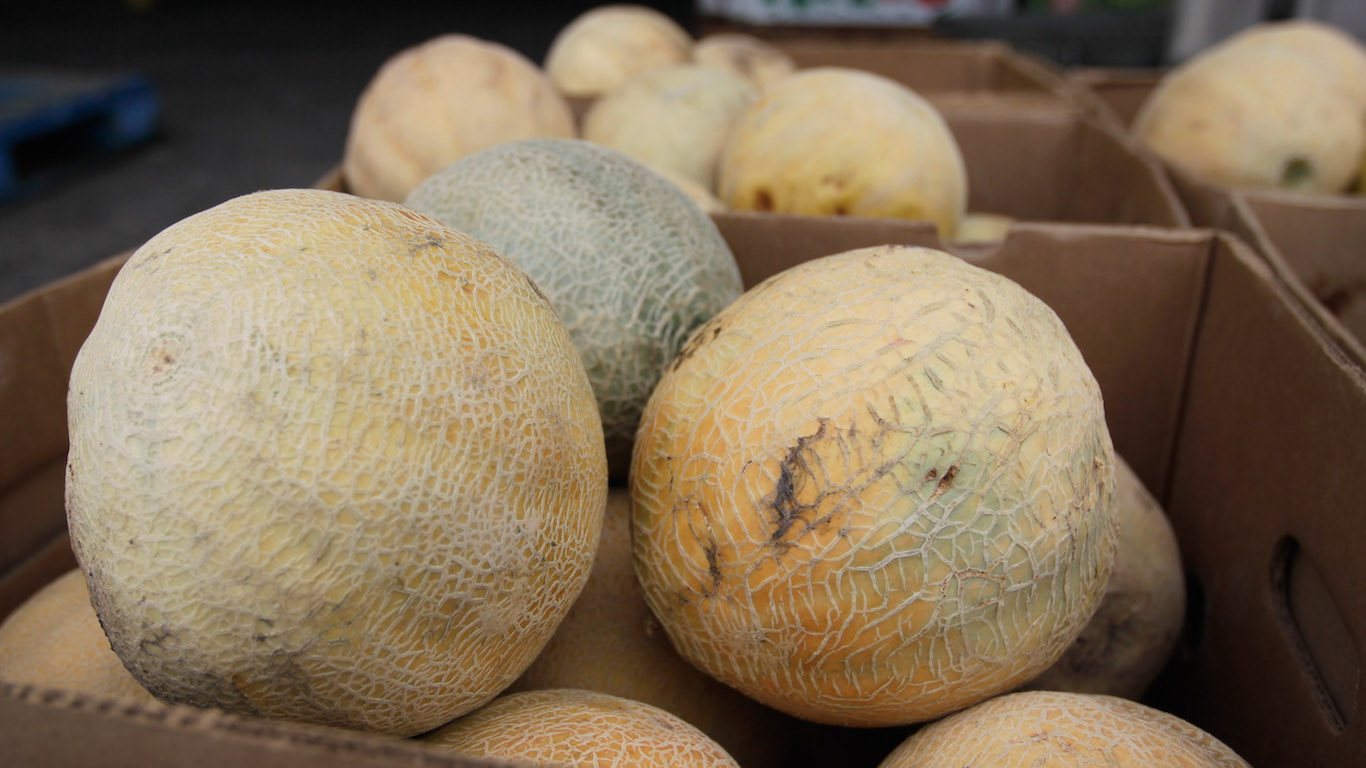
1. Jensen Farms
> No. of cases: 147
> No. of deaths: 33
Colorado-based Jensen Farms caused one of the biggest foodborne illness outbreaks to date in 2011. The company’s cantaloupes were contaminated with listeria, which killed 33 people. An additional 147 people were infected in 28 states. Jensen Farms filed for bankruptcy shortly after the outbreak was linked to its produce, and the owners were charged with several counts of adulteration of a food and aiding and abetting.
Credit card companies are pulling out all the stops, with the issuers are offering insane travel rewards and perks.
We’re talking huge sign-up bonuses, points on every purchase, and benefits like lounge access, travel credits, and free hotel nights. For travelers, these rewards can add up to thousands of dollars in flights, upgrades, and luxury experiences every year.
It’s like getting paid to travel — and it’s available to qualified borrowers who know where to look.
We’ve rounded up some of the best travel credit cards on the market. Click here to see the list. Don’t miss these offers — they won’t be this good forever.
Thank you for reading! Have some feedback for us?
Contact the 24/7 Wall St. editorial team.